Stepping Stone 1: Oman
The stepping stone theme of this issue comes from the coincidence that the topics it covers relate to various times in my diving life.
I learned to scuba dive in Oman. I was straight out of university and this was my first proper full-time job. I was a schoolteacher for the Sultan of Oman’s Air Force for two years. I worked five days a week and the school day ran from 7 to 12.30. It was way too hot to have school in the afternoon.
Then I’d go to the Sultan’s Armed Forces (SAF) beach. If I didn’t feel like going to the beach, I’d go to the canteen for lunch then nap until it was cool enough to play tennis, squash or 5-a-side football. But most days, I went to the beach. (I am aware that I said this was a proper job… and that it doesn’t sound much like one!)
It wasn’t just way too hot to have school, it was way too hot to lie in the sun at the beach and I didn’t fancy joining the drinkers spending their day immersed in the sea from the neck down with a floating tray of beers nearby.
So I tried windsurfing, but I quickly discovered that I was useless at it. I could sail out of the bay without any difficulty, but often found myself having to swim the board back in, which was no fun.
Then, I noticed the divers going out every day, running the boat down the ramp, hopping aboard, and then coming back a couple of hours later with big smiles on their faces. I liked the look of that.
I had two flatmates, one of them was a diver and he introduced me to the club, a branch of the British Sub Aqua Club (BSAC) run by volunteers, mostly seconded British Army soldiers. The course took about 12 weeks and included evening theory classes, several pool sessions and ten dives. If you passed, you qualified as a diver (third class) and the ocean became your playground.
I bought some gear in London during a trip to visit family and friends with the idea that, when I went back, I could spend as much time diving as possible. Which is what I did. On weekday afternoons, I would go out with the speedboat from the SAF beach, and at the weekend, I and a buddy or two would head out on driving/diving/camping trips down the coast to out-of-the-way places like Sur and Ras Al Hadd, or join club dhow trips out to Bandar Al Khayran, Bandar Jissah, or the Daymaniyat Islands.
I had no idea then just how lucky I was to be able to learn to dive, at this period, with these people and in this place. I had lots of free time, plenty of money, easy access to empty beaches, unpolluted seas full of fish, experienced instructors, excellent dive buddies, and a vibrant, active dive club.
Other people knew how good we had it. Ron and Valerie Taylor - already famous for making Jaws and The Blue Lagoon - visited us once. I don’t know how that happened. Maybe they were passing through via Gulf Air or something. Anyway, they spoke at a club night and we took them out to film the whale sharks (see the photo above) that hung around a small island called Fahal just offshore.
The uninhabited, flat, jagged Daymaniyat Islands north of Seeb were commonly frequented by green turtles. I remember going out there one weekend and being woken up on the beach at dawn feeling something crawling around under my sleeping bag. I jumped up, dragging my sleeping bag with me and found a group of baby turtles emerging from the sand where I had been lying. Within minutes, we were all up and wide awake. All around us, seabirds were circling frantically, dive-bombing the beach to snatch up one of the hundreds of babies scrabbling towards the surf line.
We ran around, trying to ward the birds off, and picking up handfuls of turtles and throwing them into the (supposed) sanctuary of the ocean. I say supposed sanctuary because, as we quickly learned, the gulls could still pick them out of the sea. Also, out in the ocean just off the beach, blacktip sharks were patrolling, their fins breaking the surface.
At that time, there were no commercial dive shops in Oman. No tourism, even. The only foreigners allowed in the country were those of us who had the privilege to be working there.
Nowadays there are dive shops, dive boats, hotels and everything you could want from a tourist destination - but, as far as I can tell, still no crowds topside or underwater.
I haven’t dived there or even visited Oman since 1982 so I have no personal recommendations, but two articles in a recent issue of X-Ray magazine and one article earlier this year on Divernet - all linked below - should give you a good idea of what to expect in case you want to add Oman to your bucket list.
These articles are what brought the place to mind and set me off on this bout of nostalgia.
Here are the X-Ray articles first. Click on the magazine cover below to either view or download the whole magazine. As you can see, it contains more than just Oman articles. There’s also a nice piece on Shaff’s 50-hour dive, which is now a movie, and a Scuba Confidential column by me about a dive in Raja Ampat that went wrong.
And here are the individual Oman articles. Again, click on the image to go directly to the page.
As you can see, there is some wreck diving in Oman too and there was more about this in another recent article on Oman diving in Divernet - again click on either of the pictures to go to the piece.
I’ve added a couple of topside photos here too. You can see what an extraordinary place Oman is. I had a wonderful couple of years there, not only going underwater but spending time up in the mountains, exploring the desert and taking my mini Suzuki 4-wheel-drive along the many dried river beds that snake through long deep, sunless, canyons - an activity we used to call wadi-bashing.
I’ve got pictures in a box somewhere, probably in Sofie’s Mum’s house. Maybe one day I’ll scan them for a future newsletter.
This is where Oman is in the world.
The maps are not to scale. Oman is about the same size as Poland or the state of New Mexico. I lived just northwest of Muscat, its ancient capital city (see below) and we would dive at various places along that long northern coast. Ras Al Hadd is at the easternmost tip of Oman, pointing towards India. There is also diving in the Dhofar region in the deep south of Oman as well as in the far north around the Musandam peninsula, next to Dubai.
Stepping Stone 2: Puerto Galera
In Hong Kong during the 1990s, I worked in the evenings and at weekends as a dive instructor for Mandarin Divers, a company run by Paul and Lorraine Neilsen. They had previously lived in Puerto Galera in the Philippines and we would take groups down to Puerto Galera over long weekends for fun diving and to complete courses. Paul and I also taught some of the first IANTD advanced nitrox instructor courses in the Philippines during this period.
As you know from earlier newsletters, Sofie and I were in Puerto Galera again recently and Tim Rock has taken several groups of divers from Guam to Scandi Divers in the last couple of years. This has all led to the latest volume in the Diving & Snorkeling Guide series which has just been published.
And this is what we say about our new book in the blurb. We are pretty pleased with it and early reaction has been great.
The wild coastline north of Puerto Galera, in northern Mindoro in the Philippines, is one of the most famous dive destinations in the world. It is an easy drive and fast boat ride from Manila and a world away from the bustle of the city. Above the water, expect tall cliffs, golden beaches, hidden resorts, excellent dive schools and talented guides. Under the sea, splendid coral reefs, rare marine life, teeming fish, and large pelagic creatures await you, as does the fabulous, lush Verde Island Marine Monument offshore. In this book, authors Tim Rock and Simon Pridmore introduce you to Puerto Galera’s dive and snorkeling sites and share all the practical information you need for a trip to this tropical paradise.
Stepping Stone 3: Dive Computers
After leaving Guam in 2002, I took over the licence for IANTD in the United Kingdom from Kevin Gurr. At the same time, I worked with Kevin and his wife Mandy, running tech support and sales for their company Delta P Technology ( later renamed VR Technology), which, at the time, made the most advanced sport diving computers around, the VR3, VR2 and VRX.
These computers are no longer in production as Kevin is now designing military rebreathers, but you can see their legacy in the current crop of dive computers on the market, particularly those produced for mixed gas and rebreather divers.
Currently, the field of dive computers is booming and because of my history with Delta P / VR, it is an area I am particularly interested in.
The three most notable things I see happening are
The “Smart” gap between phone technology and dive computer technology is narrowing.
Companies outside the scuba diving world are now driving dive computer design and manufacture, and
The Far East has become the fulcrum of dive computer invention.
Last year, I did a piece for X-Ray magazine on smart watch dive computers. One paragraph read.
When I was involved with Delta P, we were limited by the technology available to us and that was always years behind the curve. We were using chips and screens that were left over when the mobile phone industry moved on to better things. We couldn't afford to buy newer technology because the scuba diving market is a small niche market and we couldn't mass produce. Each computer was put together by hand. And our top-of-the-line version still retailed for US$1,500, even though, if you compared it to your phone, it was as if you were looking at different decades.
No longer! Apple, Huawei, Crest, Atmos and Garmin have propelled dive computer technology out of the past and into the future. From here on, dive computer technology will be cutting edge. There is good reason to think that this may bring more younger people into diving, that more new divers will be using electronics to monitor their dives from dive one onwards, and that they will be using devices they already own and are well used to working with.
These are huge positives. But the biggest news is that this development may mark a huge leap forward in terms of dive safety too. Let me explain.
And then I go on to relate the trend to a section in my Scuba Physiological book. The whole article can be read (and downloaded) here.
And this is Scuba Physiological
In the X-Ray article, I mentioned Apple and Huawei as massive companies that are now involved in creating technology for scuba divers - or rather for people to do a whole bunch of things in their lives, including scuba diving. But, I only mentioned in passing those manufacturers that used to lead the way - companies like Suunto for example.
Recently, Divernet and InDepth both featured the new range of computers released by Suunto.
There have been changes!
Divernet’s piece was headlined “Suunto back in the game” and went on to explain:
Suunto started life as a compass-maker in 1936, and has long been as much associated with above-the-surface pursuits as with diving. Although early to produce watch-style dive computers, financial challenges and lack of technological development caused it to lose its advantage in the diving market some years ago, leaving rivals such as Garmin and Shearwater to set the pace in terms of integrating user-friendly dive computers with sports watches, albeit in expensive formats.
The Suunto Ocean offers a less costly alternative to those brands, while the interface appears to bring the brand back in line with contemporary dive computer technology.
Which, in true Divernet style, succinctly sums up the story.
Divernet article on new Suunto computers
The InDepth article was in the form of a press release from Suunto, detailing the advantages of their new offering and setting the new products in the context of the company’s long history in cutting edge technology.
Suunto Press Release in InDepth
The release begins:
Made in Finland with 100% renewable energy, the Suunto Ocean is tailored for an active lifestyle, from exploring the depths below the surface to conquering the heights above. Featuring multiple dive modes, wireless tank pressure support, and an extensive set of alarms for scuba and freediving; more than 95 default sport modes, GPS, barometer, offline maps, and advanced training features for sports; and finally on-wrist heart rate with activity tracking for daily use, this device ensures you stay in tune wherever you’re exploring.
These computers are such a radical departure from previous Suunto computers and so similar in concept to the new technology for diving and other outdoor sports being developed in Asia (Garmin/Crest/Atmos/Huawei), that I thought it merited a closer look. So I did a little research. (It wasn’t hard.)
In a nutshell, this is more great news for scuba divers, as evidently the field is widening and even more major companies with vast resources are getting involved in making technology for our little niche sport.
Suunto Oy is still a Finnish company that manufactures and markets sports watches, dive computers, compasses and precision instruments and is headquartered in Vantaa Finland. It employs more than 300 people worldwide, its products are sold in over 100 countries, but its offices are still next to its factory in Finland, and that is where most of the work is still done.
So no change there.
But in May 2022, Suunto was acquired by Chinese technology company Dongguan Liesheng, an innovative global consumer-electronics company. Dongguan is a mega city of over 10 million people and part of China’s Greater Bay Area, an hour by train from Hong Kong.
More than 20% of the world’s smart phones are made in Dongguan.
And now Suunto is involved with a new series of sports watches developed by Xiaomi, the second-largest manufacturer of smartphones in the world (second behind Samsung). Xiaomi is one of Liesheng’s major clients.
This is the Xiaomi Watch S4 Sport. It is waterproof to 5ATM and has the EN13319 diving certification. So, to turn it into a dive computer, all you need is software, and Sunnto certainly has the software. Although at the time of writing, it doesn’t look like this has yet happened, what is the betting that a Xiaomi dive-capable smart watch is in the works, soon to join the Huawei and Apple devices?
Find more info on the S4 here.
It is all fascinating! And as I predicted in my X-ray article, this bodes well not only for divers who like new toys, but also for diver safety as a whole.
But there’s more. In case you missed them, here are two more recent articles on the latest developments in dive-computering, both of which are worthwhile browsing when you have time.
At the end of last year, Scuba Lab published their views on the best of the best in 2023 and, as you might expect, the Apple Watch/Oceanic unit, a couple of Shearwaters and Garmin featured prominently.
Here’s the report in Scubadiving.com
I found it particularly interesting that Taiwan’s CREST CR-5L diving computer, known in the USA as the Genesis Graviton, was ScubaLab’s Best Buy 2023. This is a huge win for a new, smaller company.
Here’s what the Scuba Lab testers wrote.
And this is Crest’s website
Scubapro/Uwatec’s Galileo G2 Tek also got Scuba Lab’s blessing. I love the uncluttered display on these units - but then, I do have conventional tastes.
However, the G2 design (and my tastes) are showing their age.
With the ink hardly dry on the 2023 list, there is already a new Galileo generation, and this development is another indicator of how newer companies like Crest and Atmos, and the tech giants from outside the world of scuba diving, are pushing the traditional companies like Suunto and Scubapro/Uwatec to move with the times.
This is the G3. There’s a conventional G2-ish look to the display. But the classic Scubapro/Uwatec rectangular shape that has been synonymous with the brand since the days of grey Aladins is no more.
The overall design of the G3 definitely owes much to a desire to keep up with the new world. The computers divers are buying now are still wrist furniture, but they don’t buy them just to wear underwater. They are designed to be permanent fixtures and show off your lifestyle choices, not just track your decompression status.
Divernet’s Steve Weinman got an early release model to play with and you can find his report here.
As the advertising blurb says: “Everything you need in an advanced dive-computer, with the comfort, style and utility of a topside wristwatch”
Last but not least
That’s all for this issue of Scuba Conversational. See you again for issue #64 next month.
But I’ll leave you with a picture that for me conjures up the feeling of being on a dive boat out in the ocean with nothing to see but the sea and the sky, the odd passing boat and a sliver of land in the distance. But the view is never boring and there’s also the chance that the combination of sun, sea and sky will combine to present you with something special and this was one of those times.
This is why we do what we do. It’s not just being under the ocean - it’s also getting to experience things that…well…just fill you with wonder.



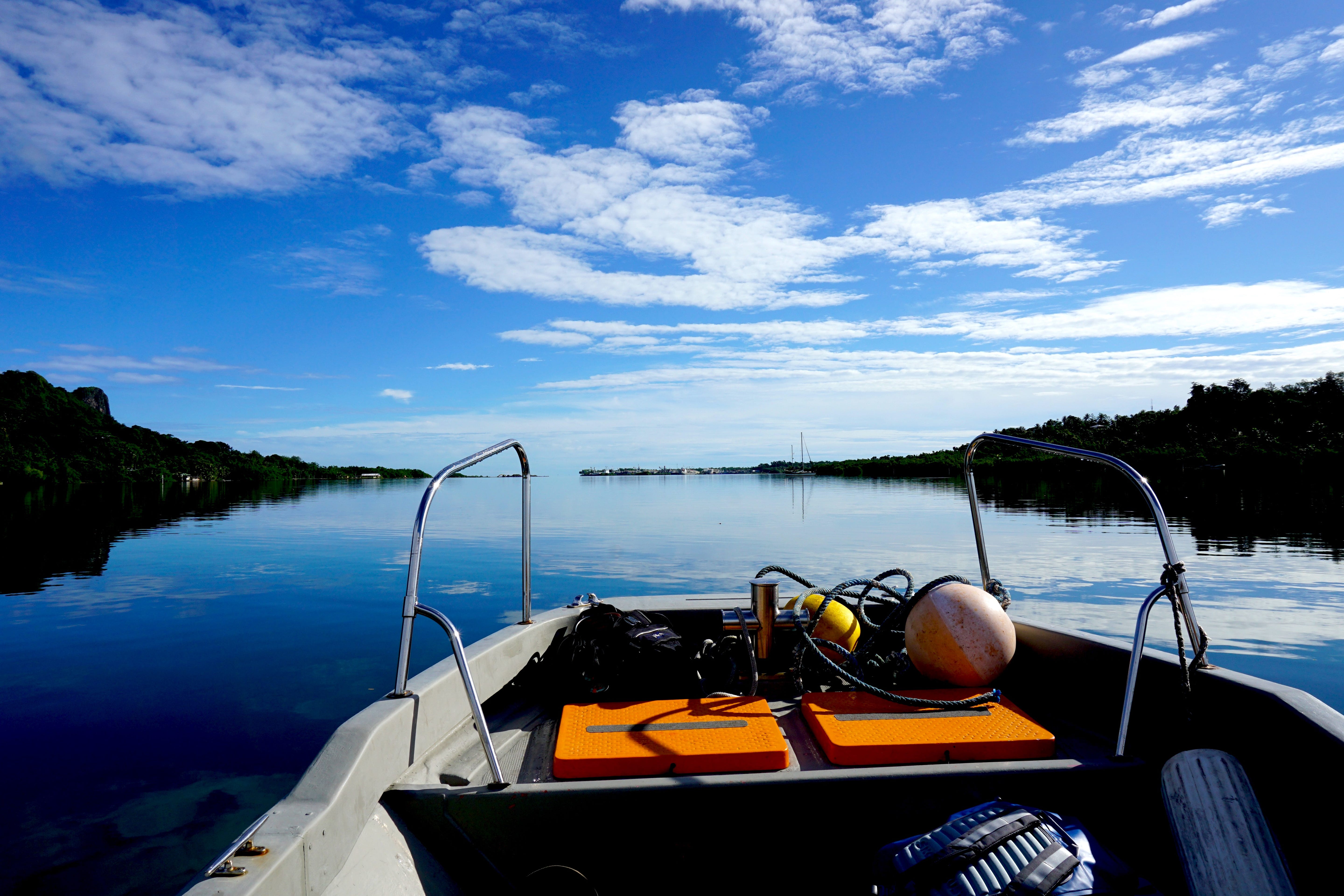
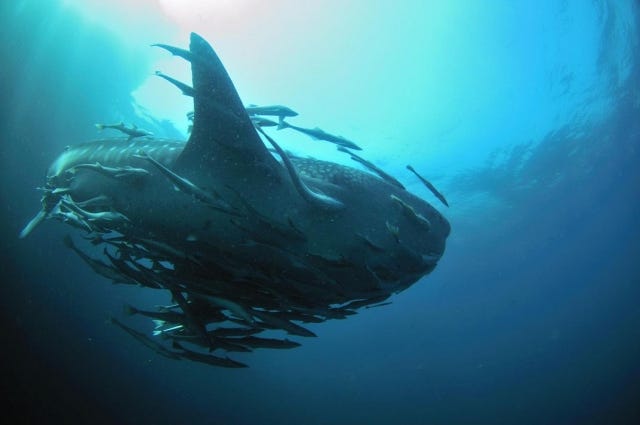
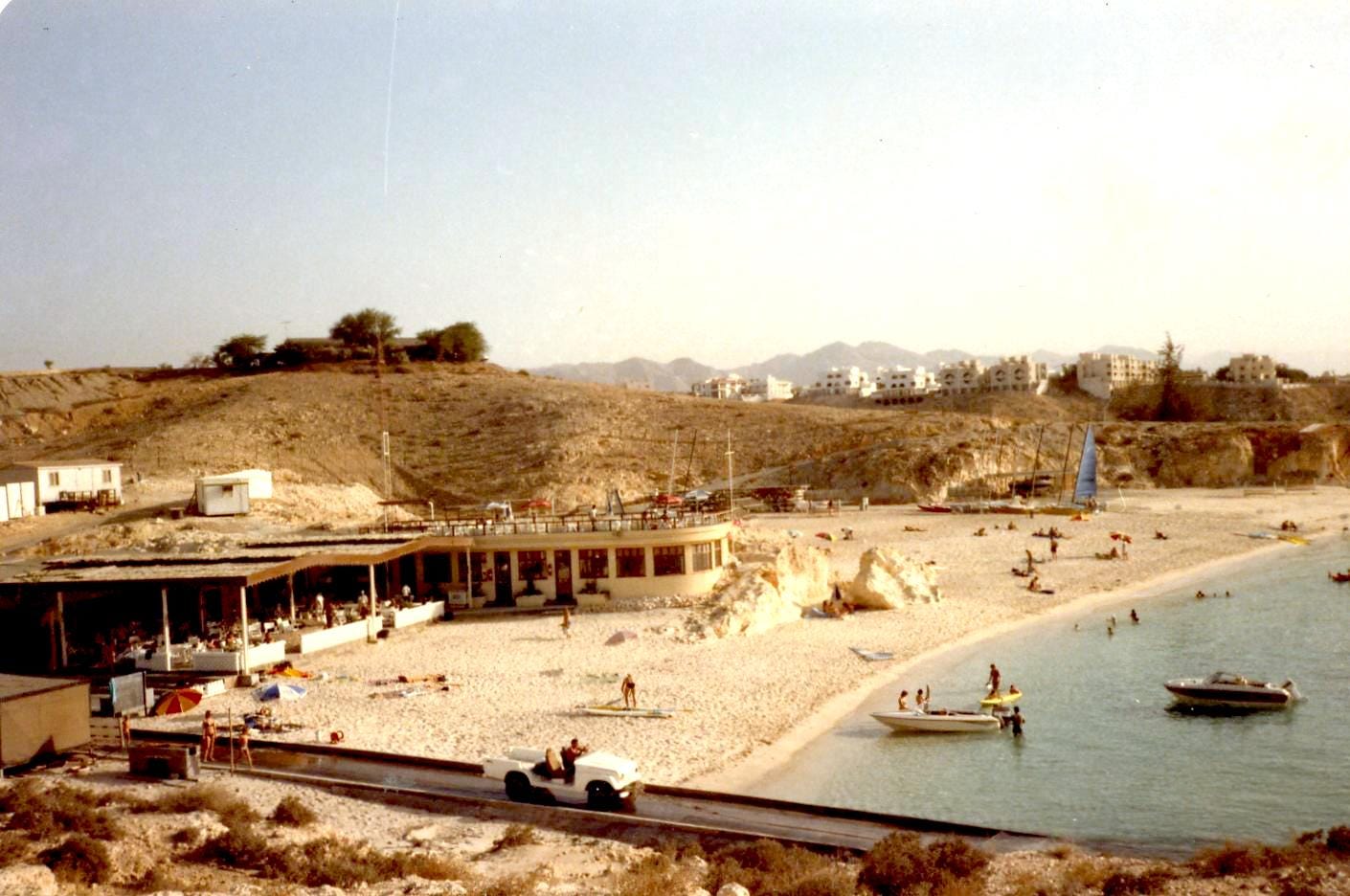
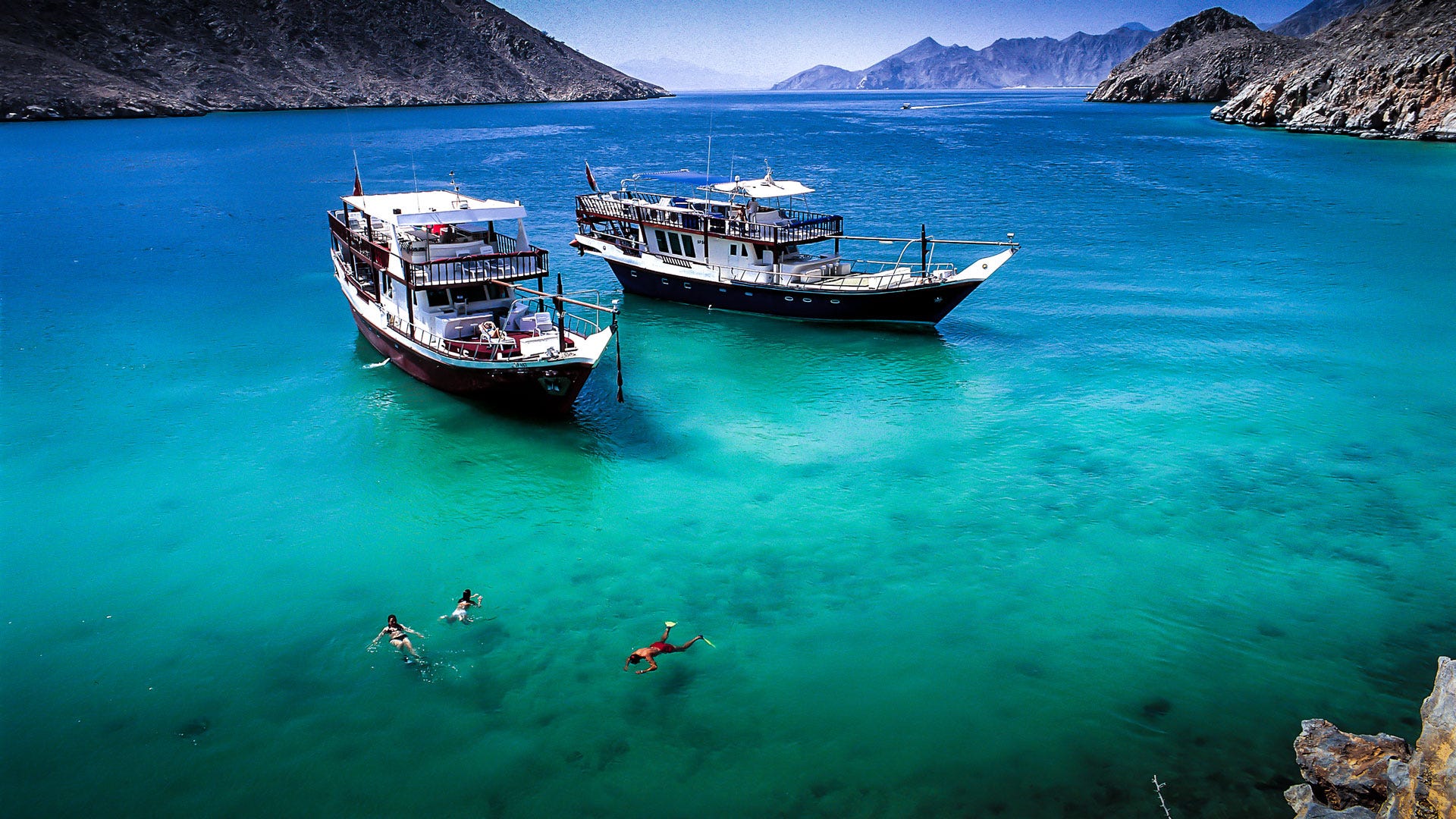
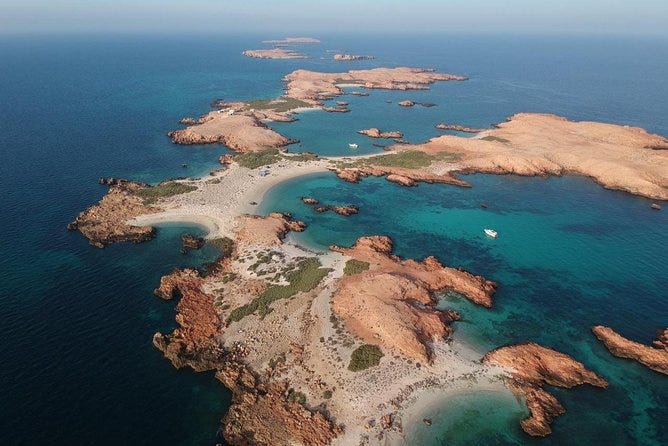
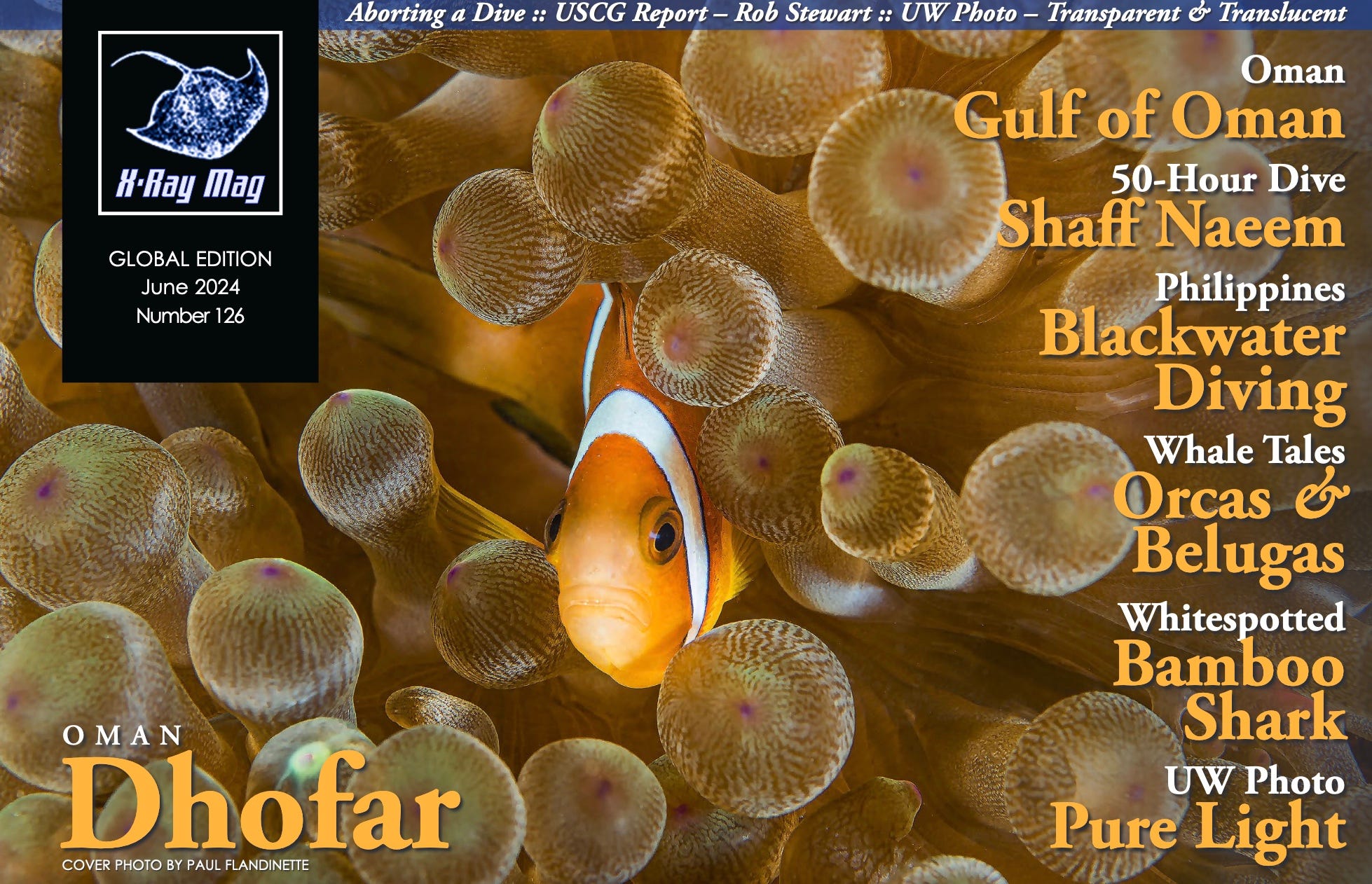
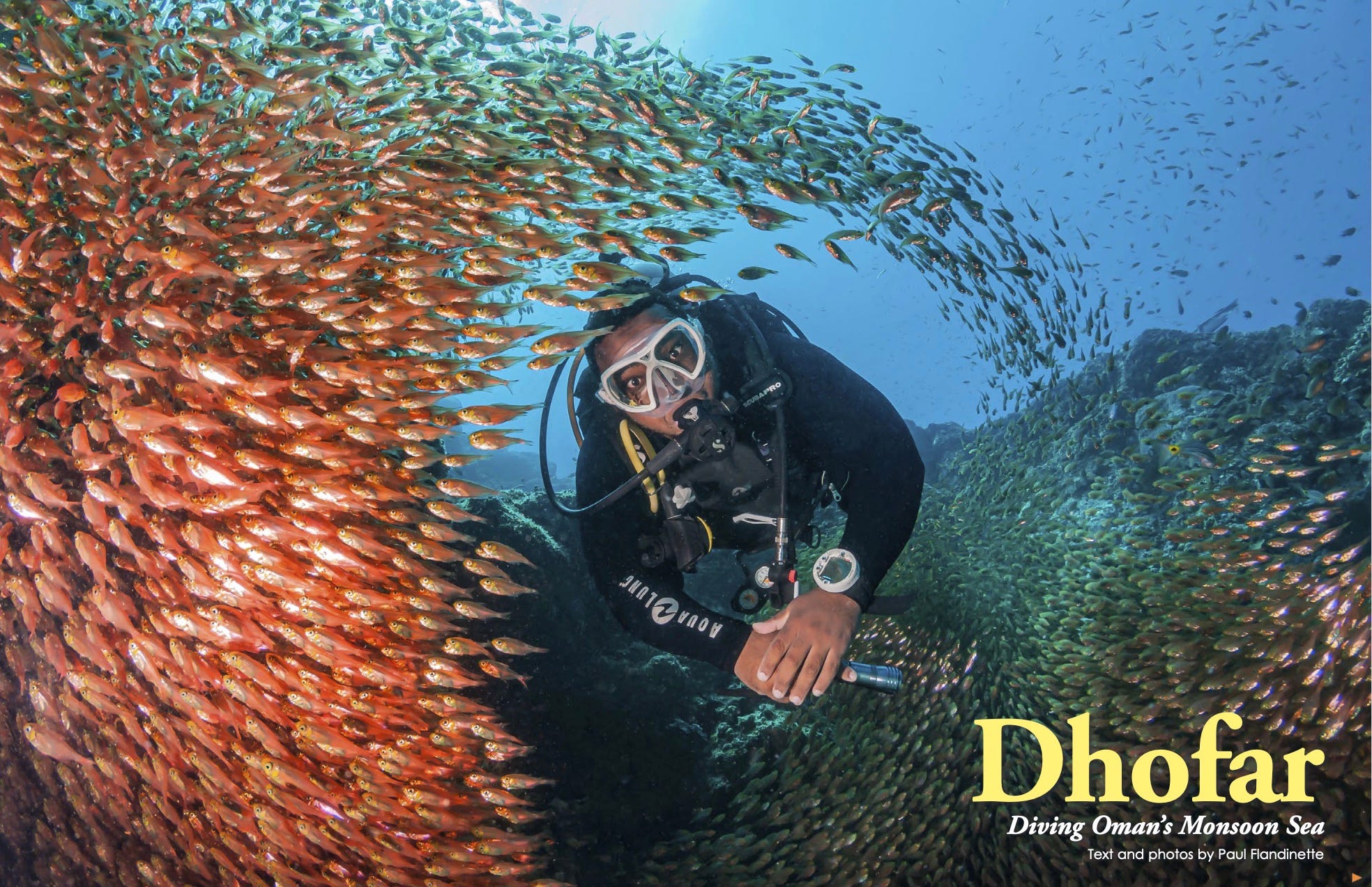
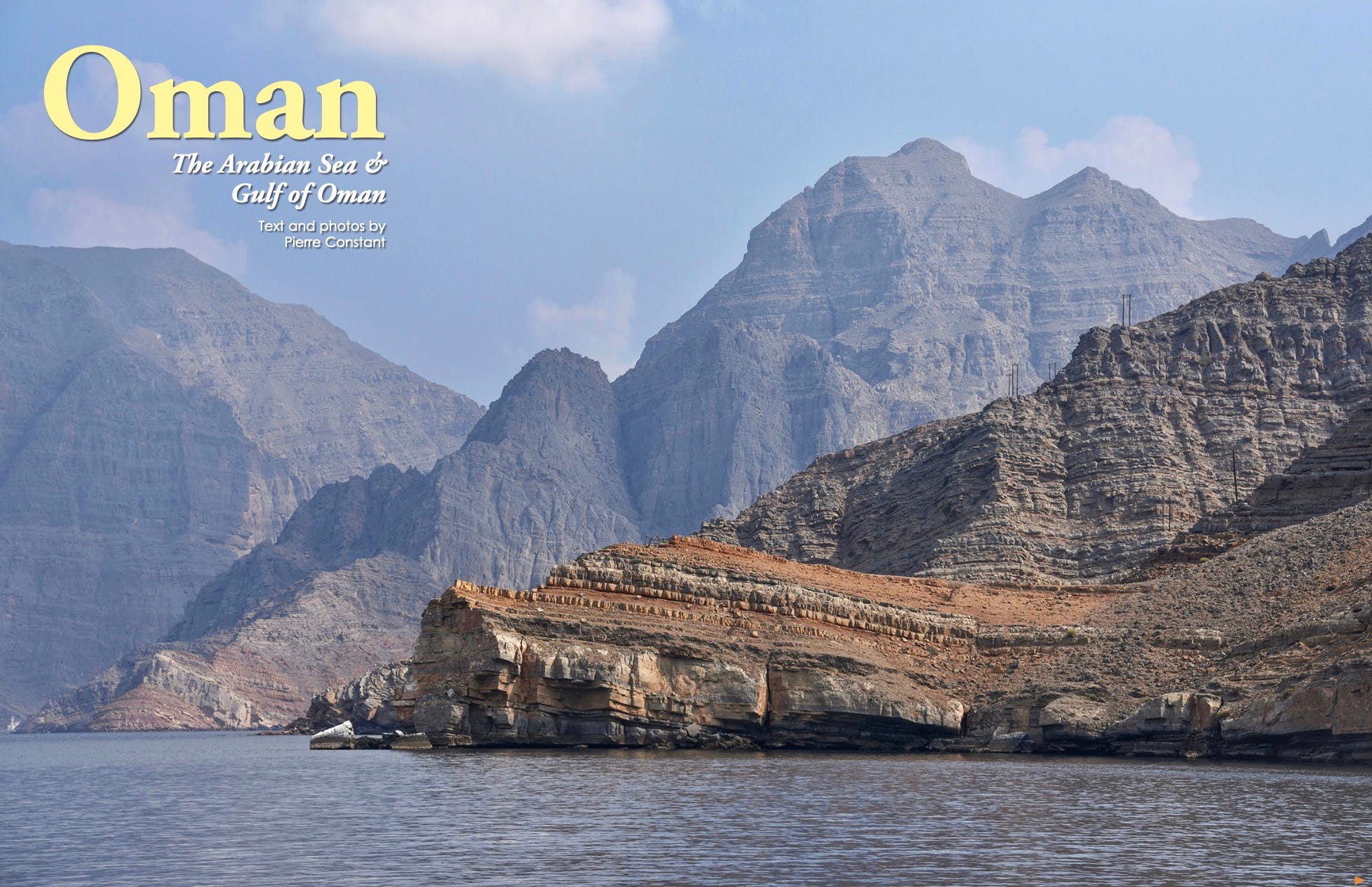
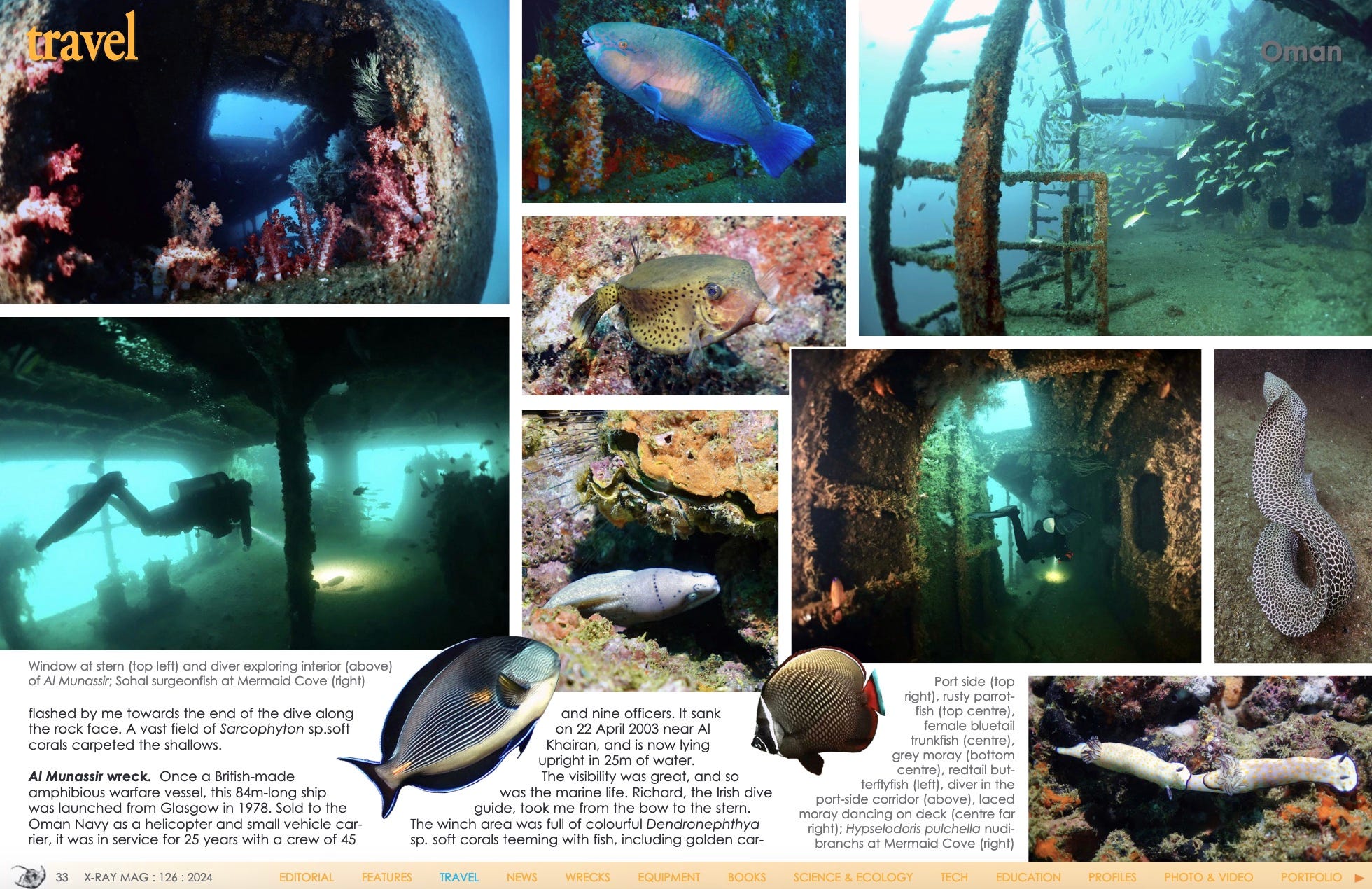
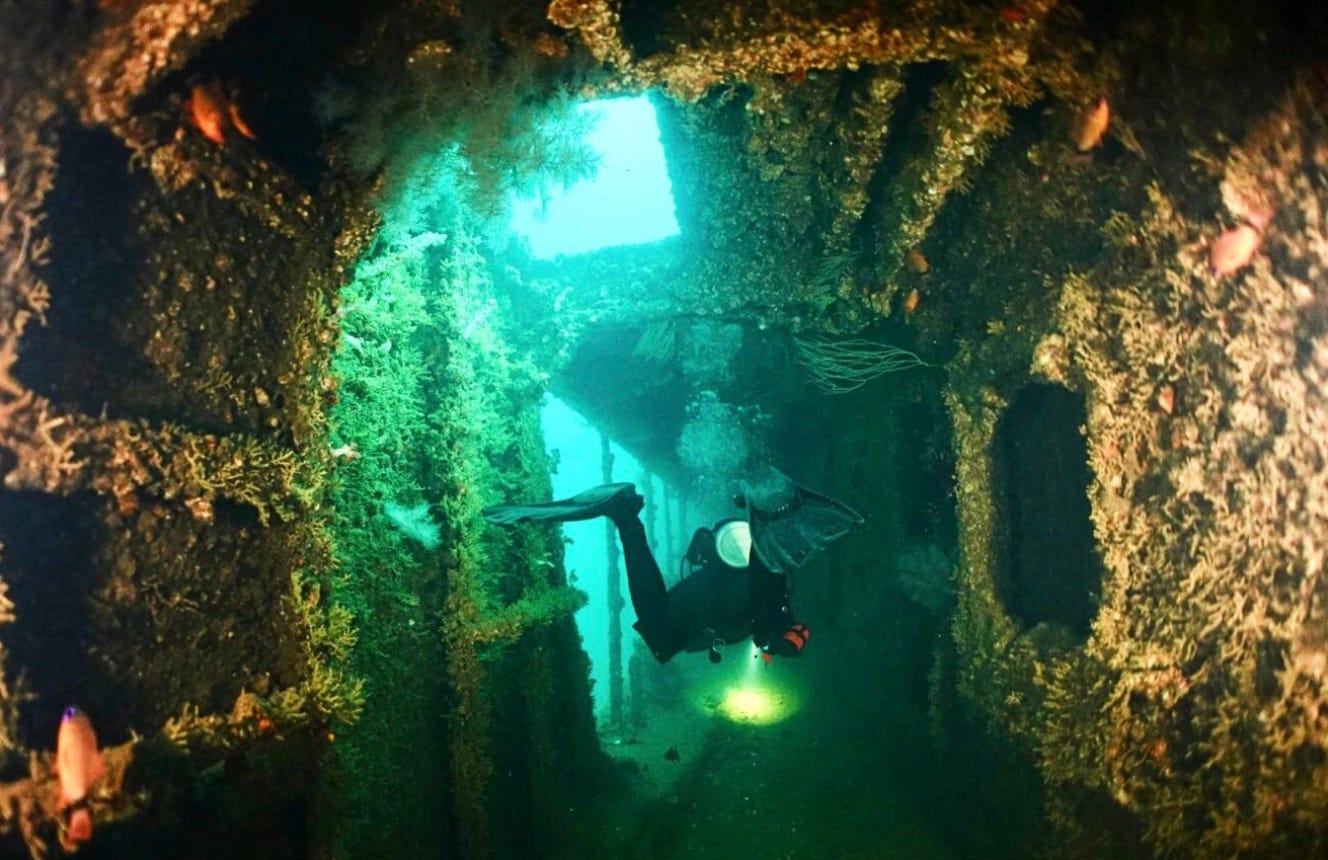
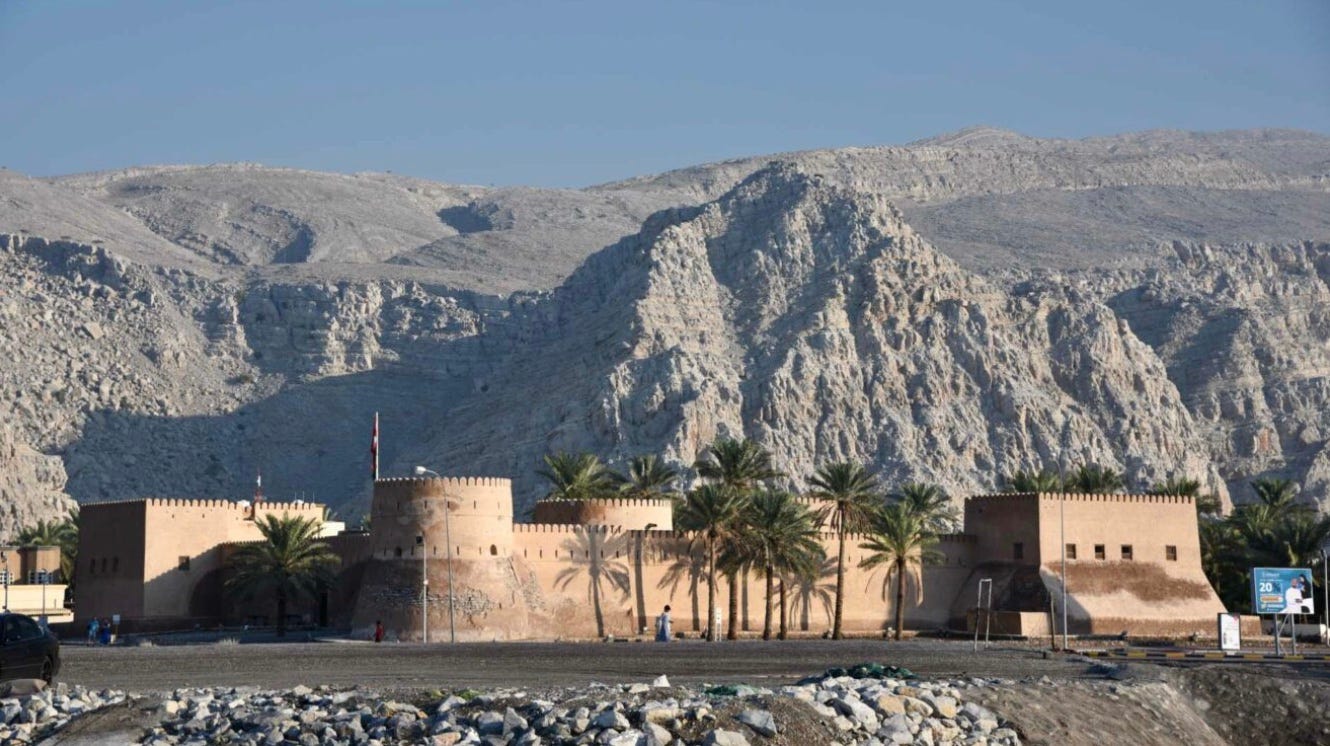
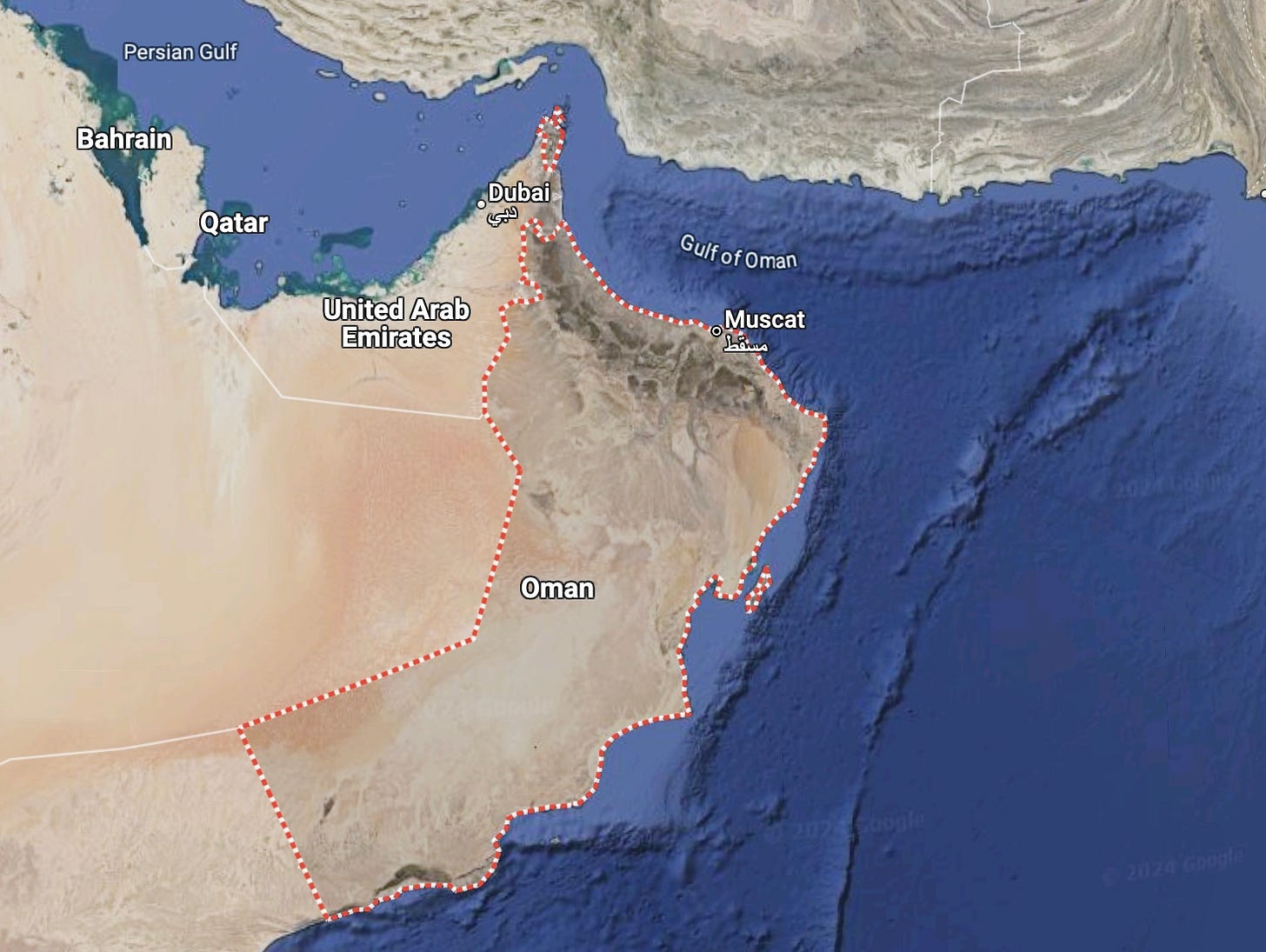
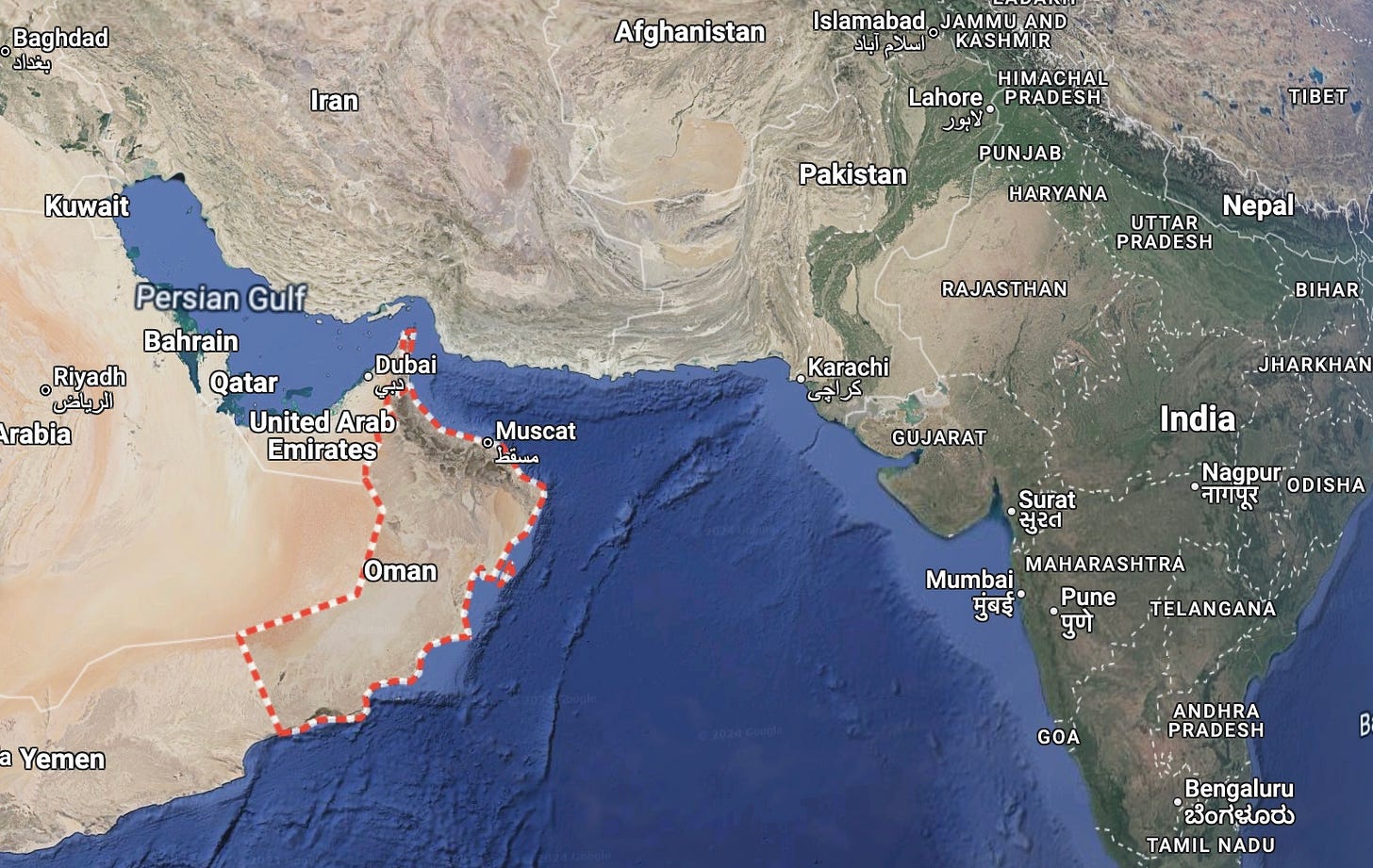
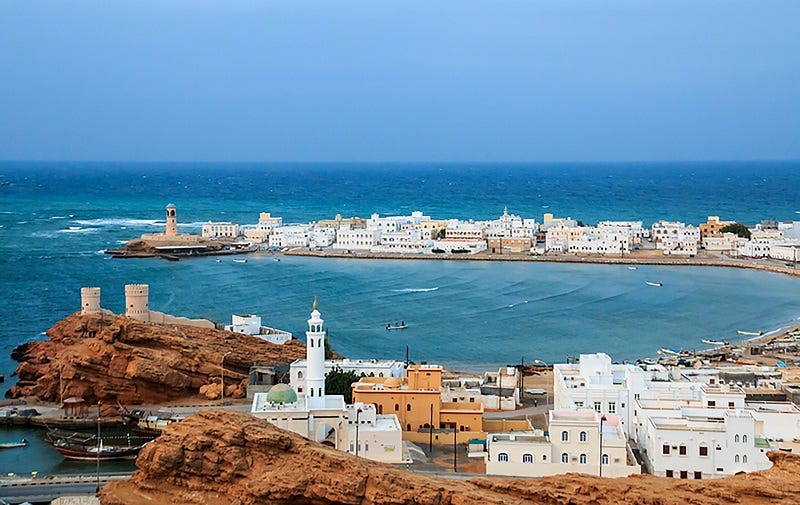
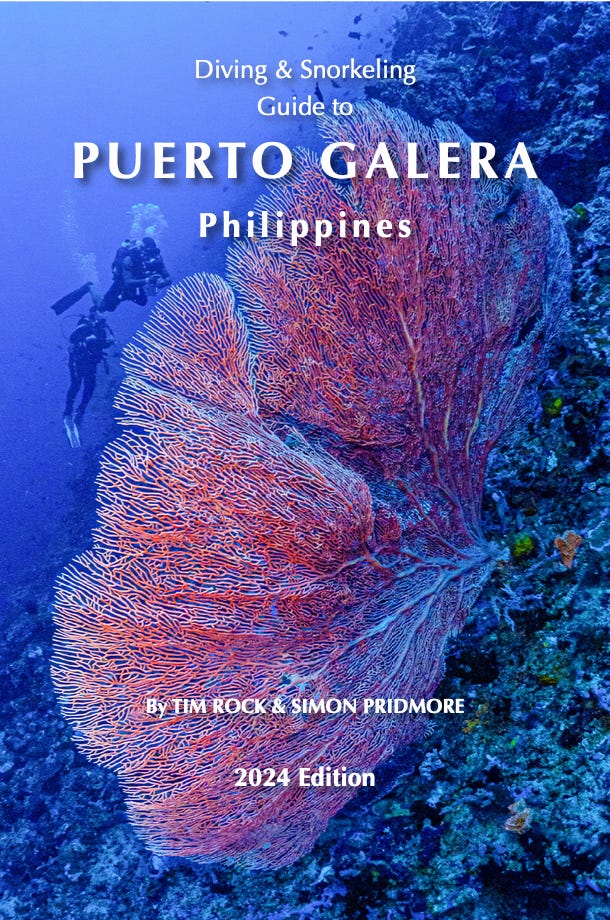
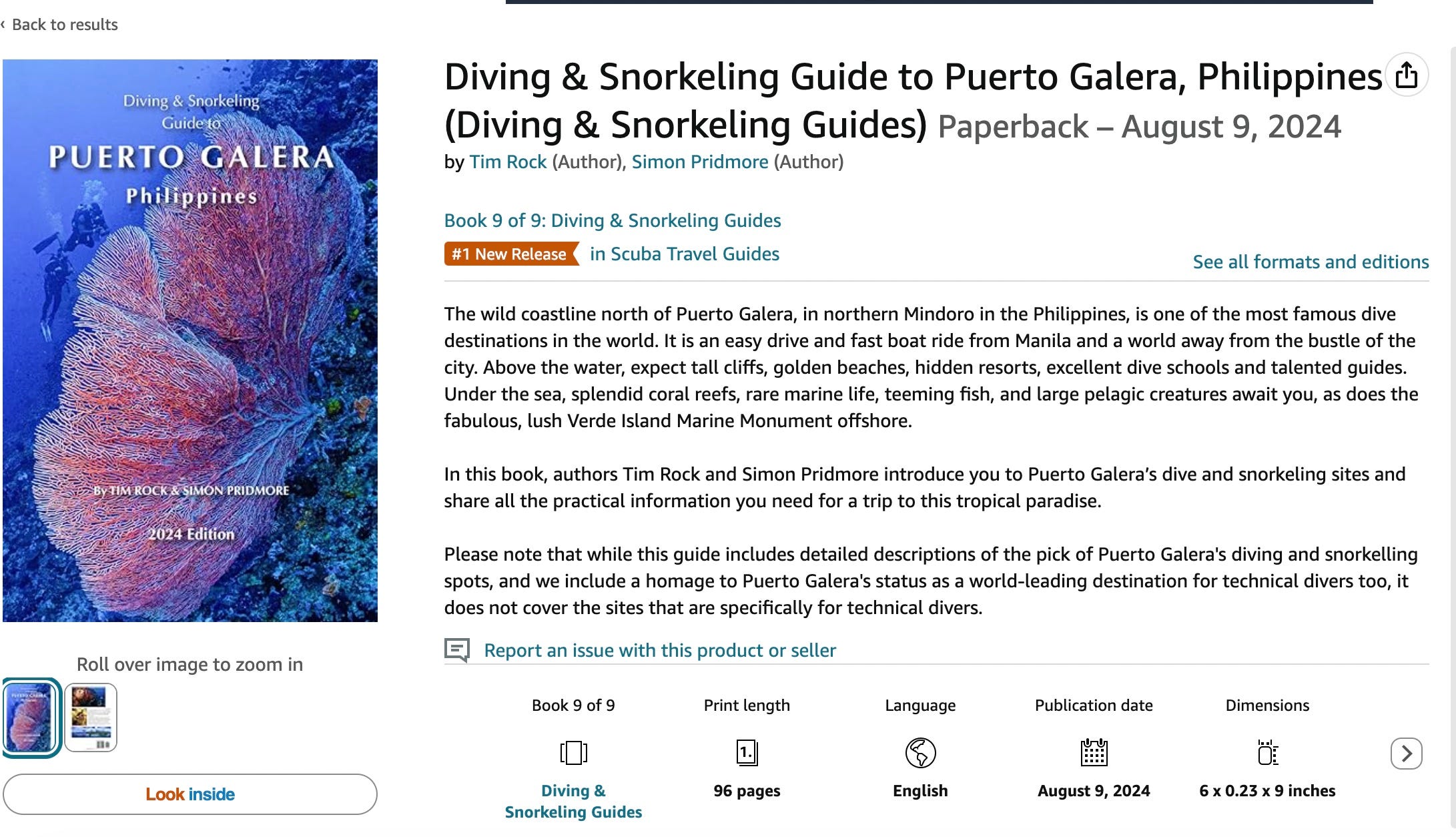
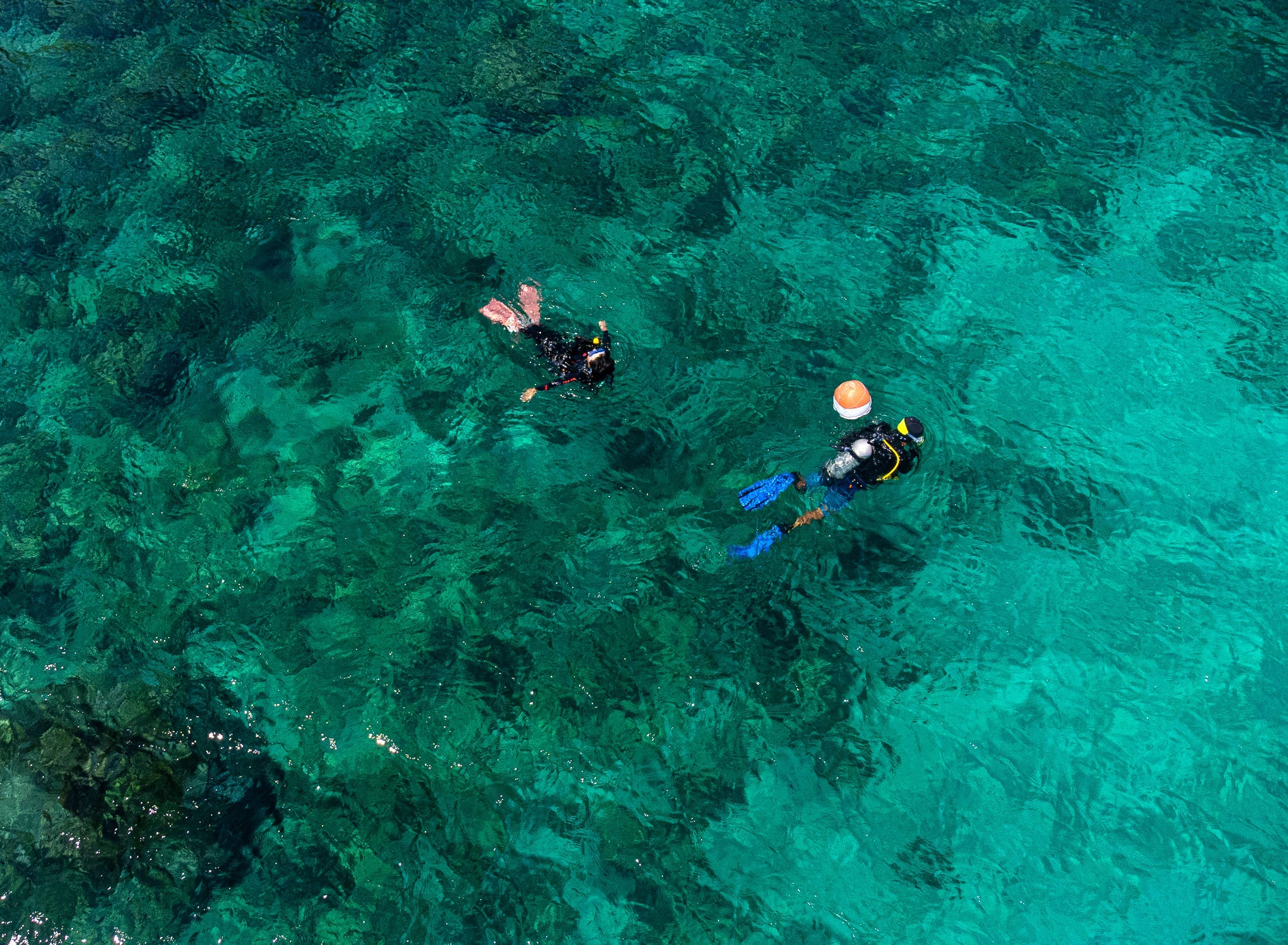
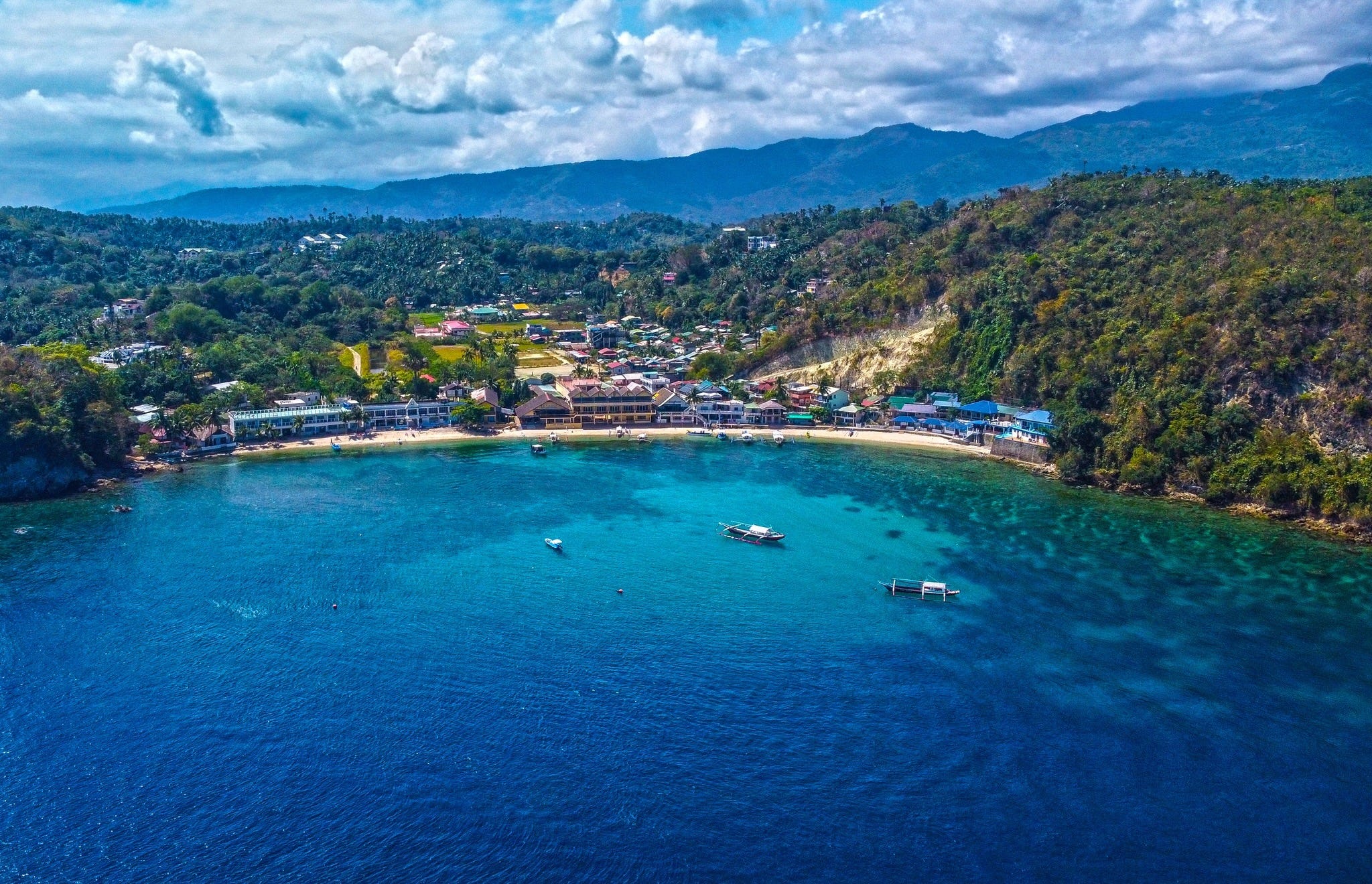
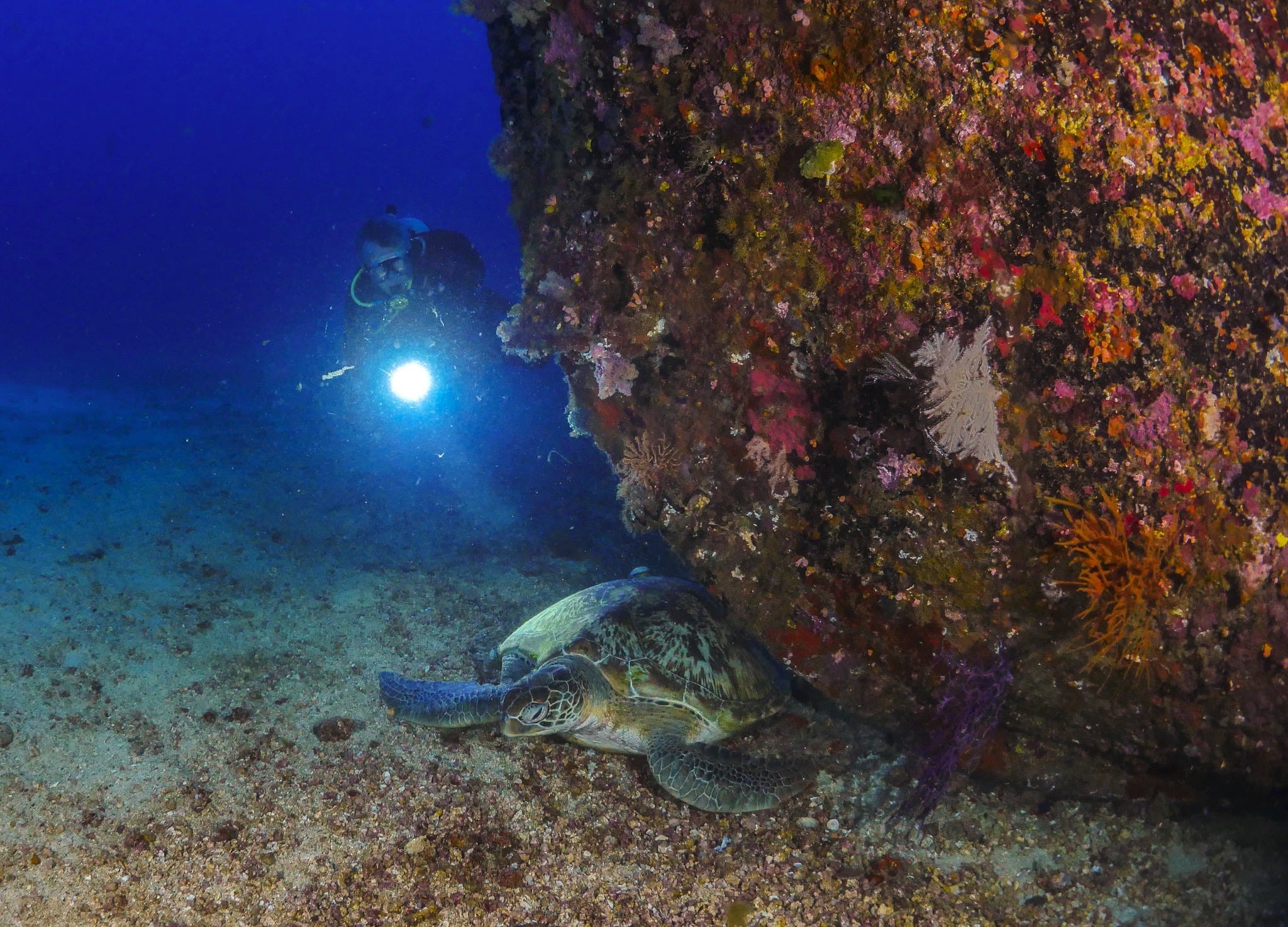
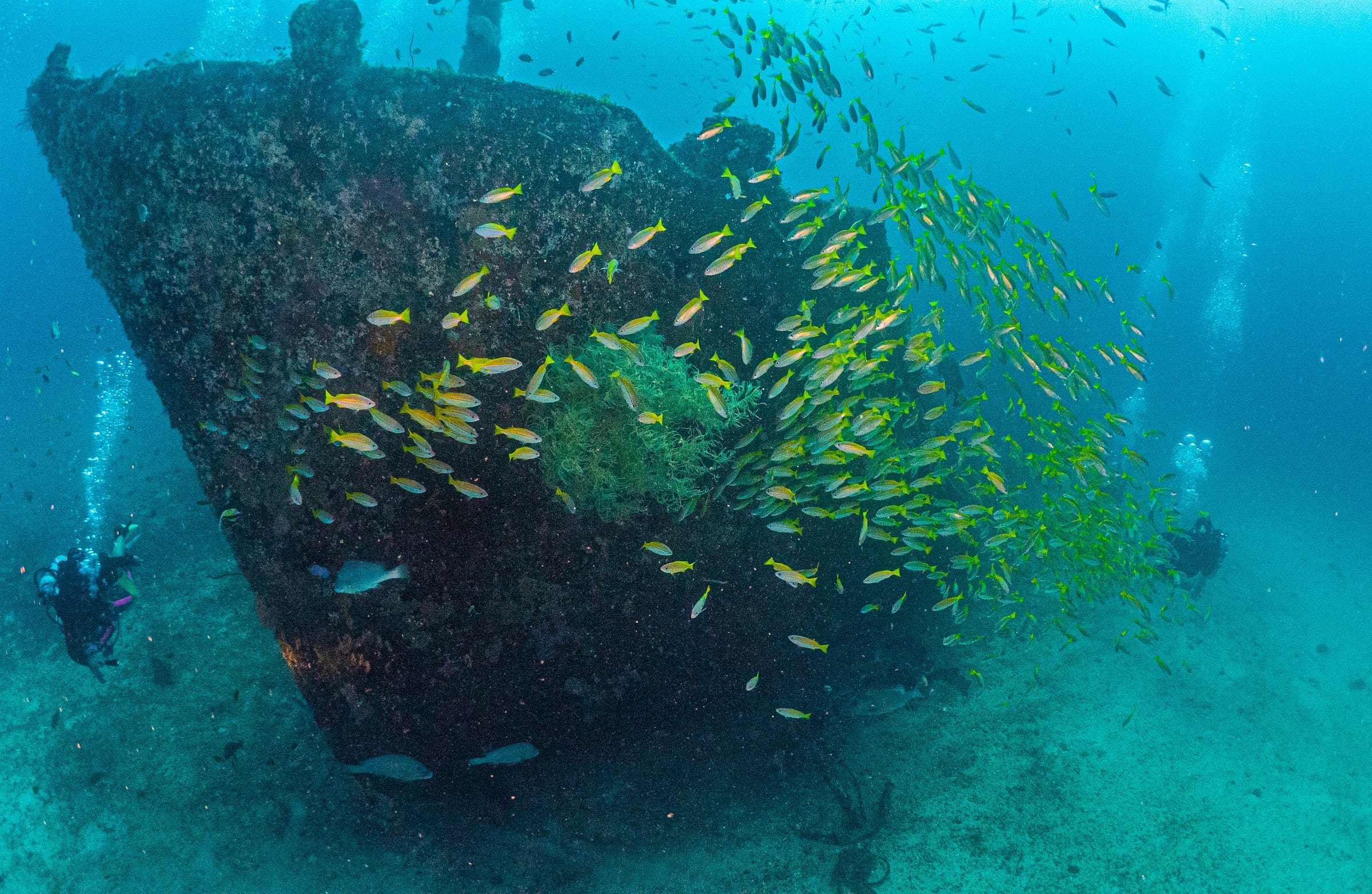
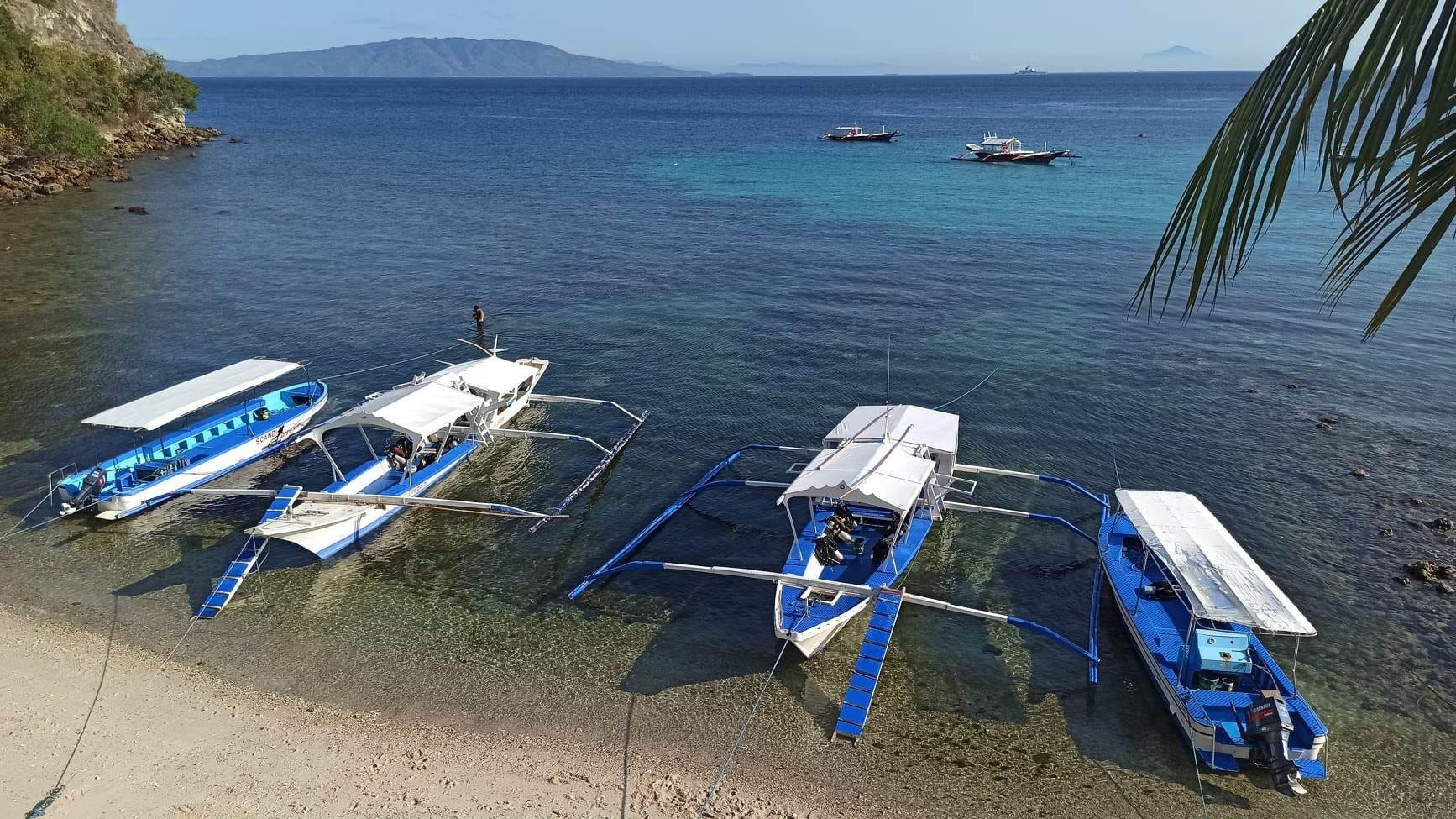
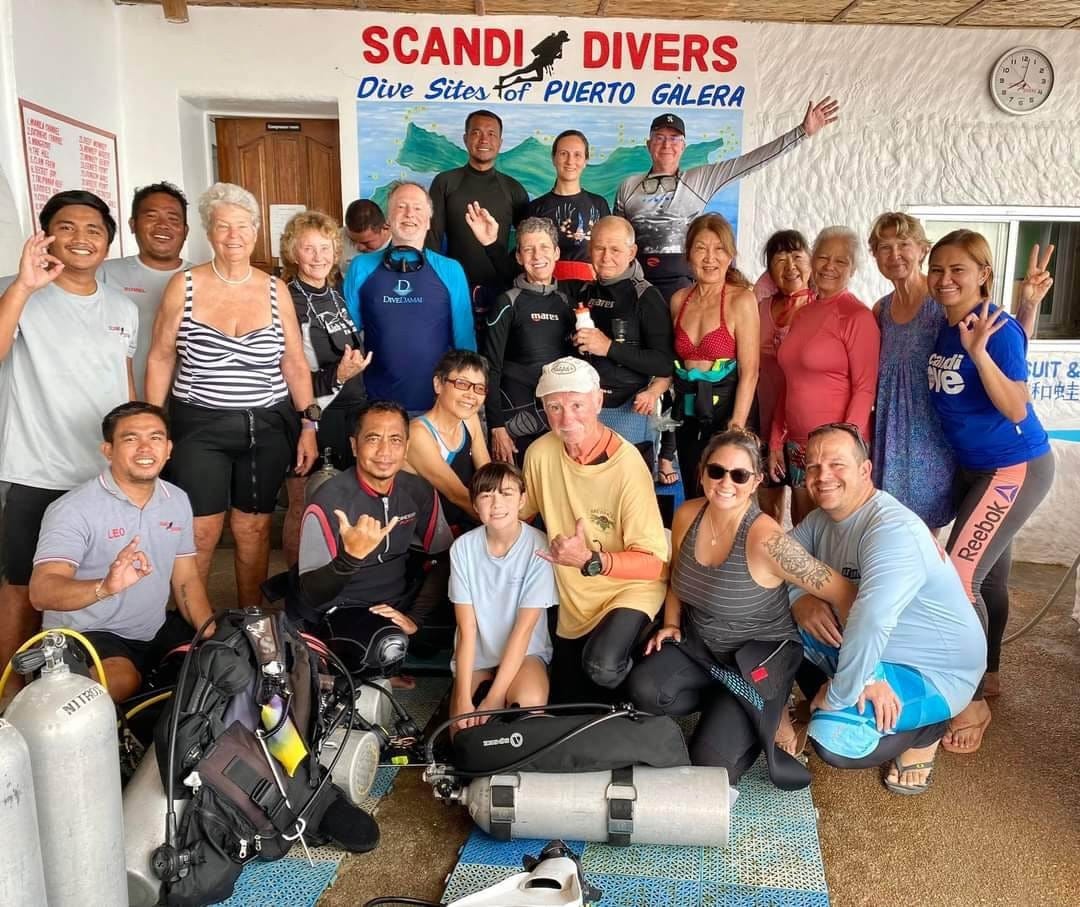
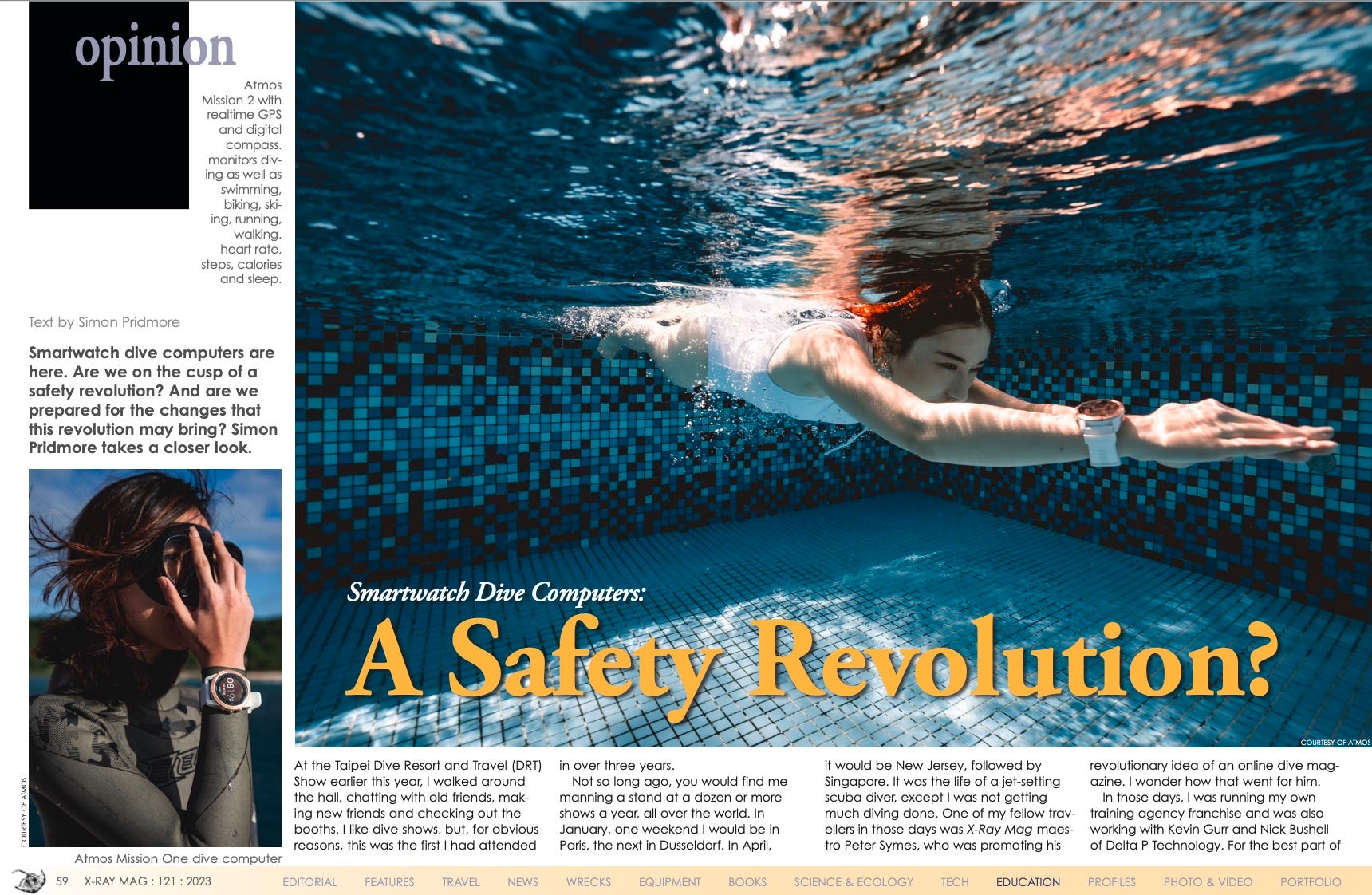
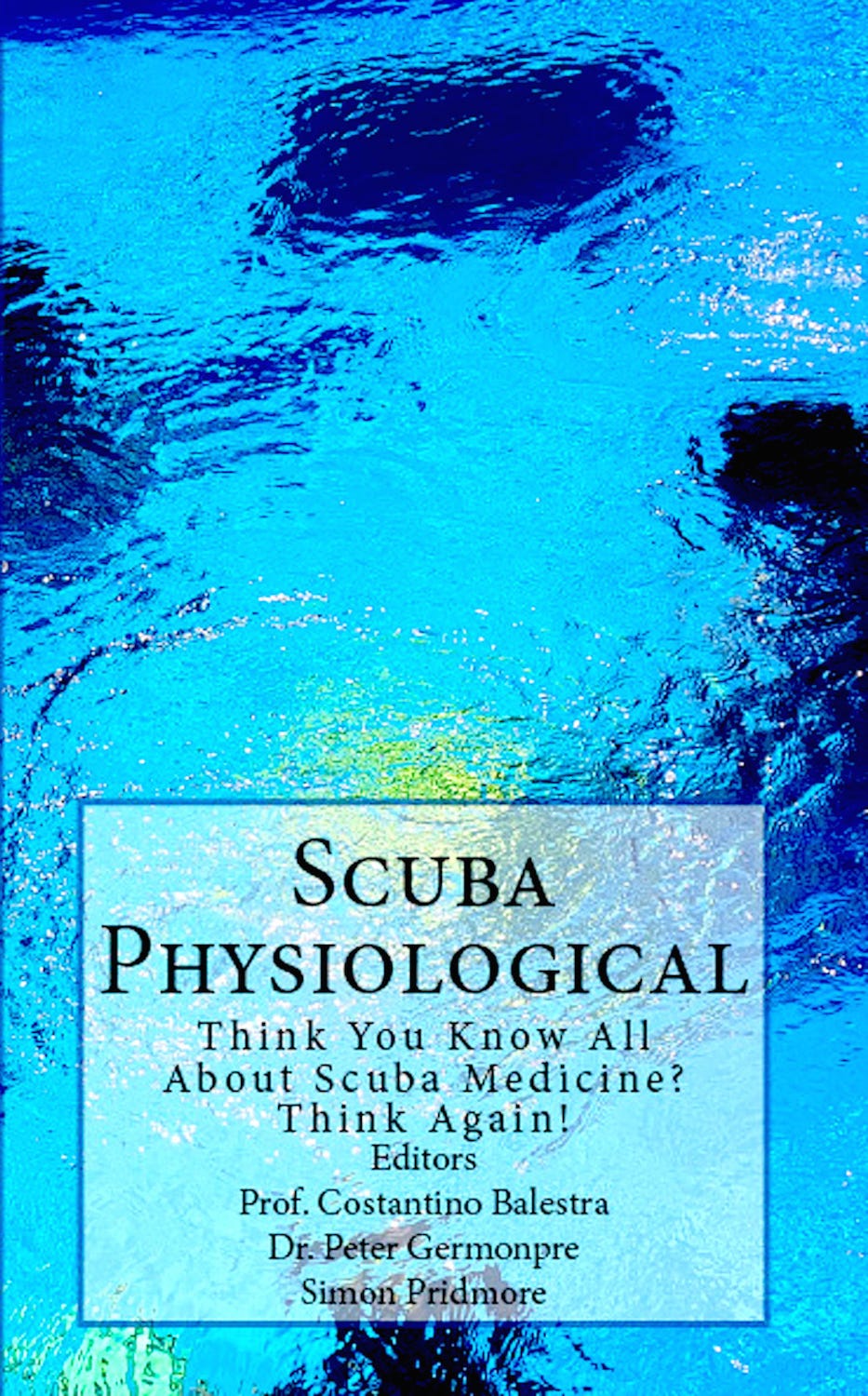
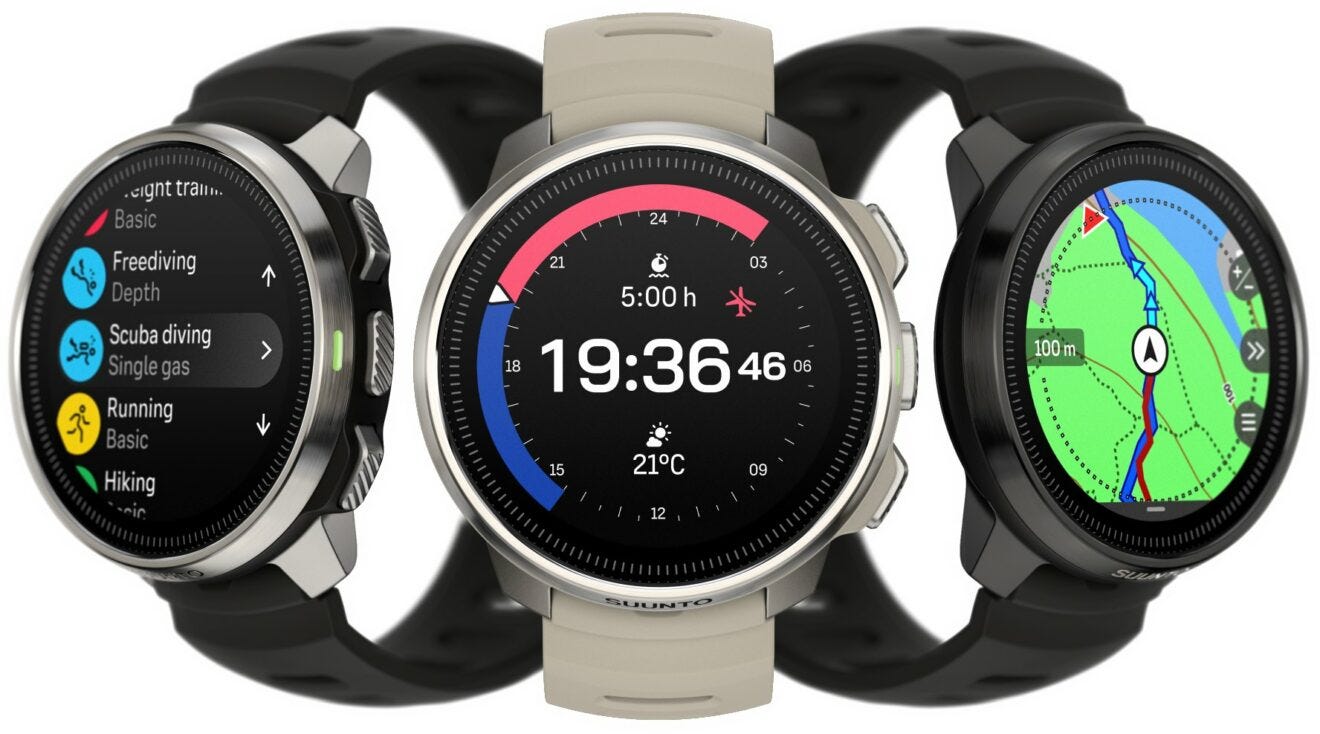
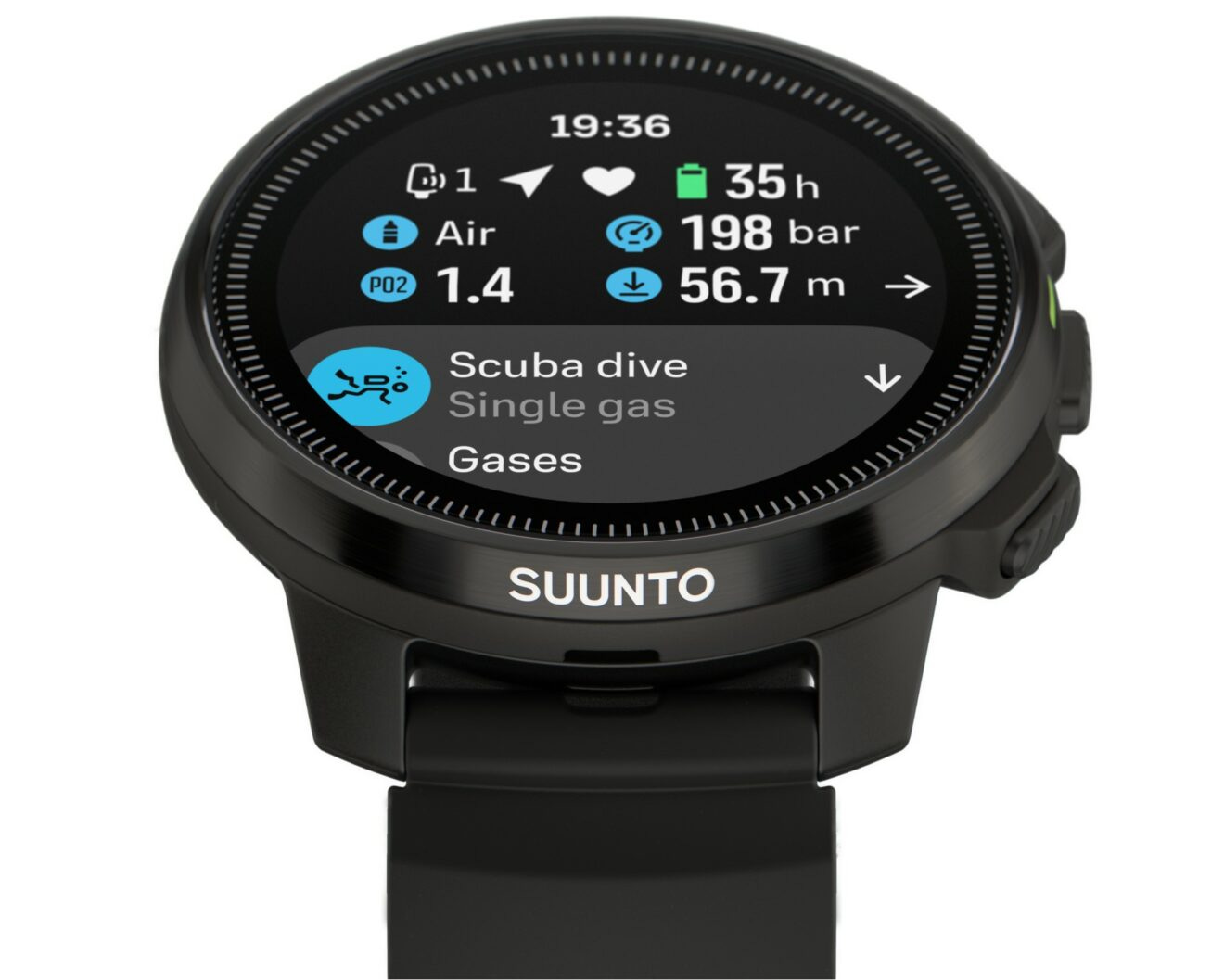
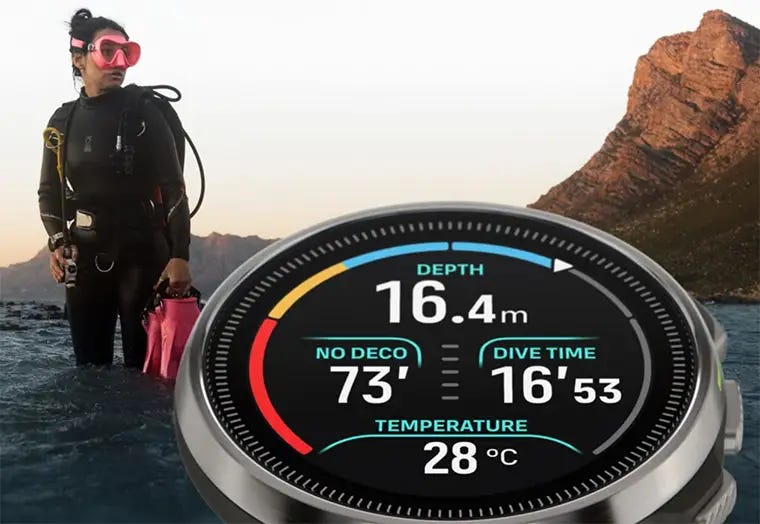
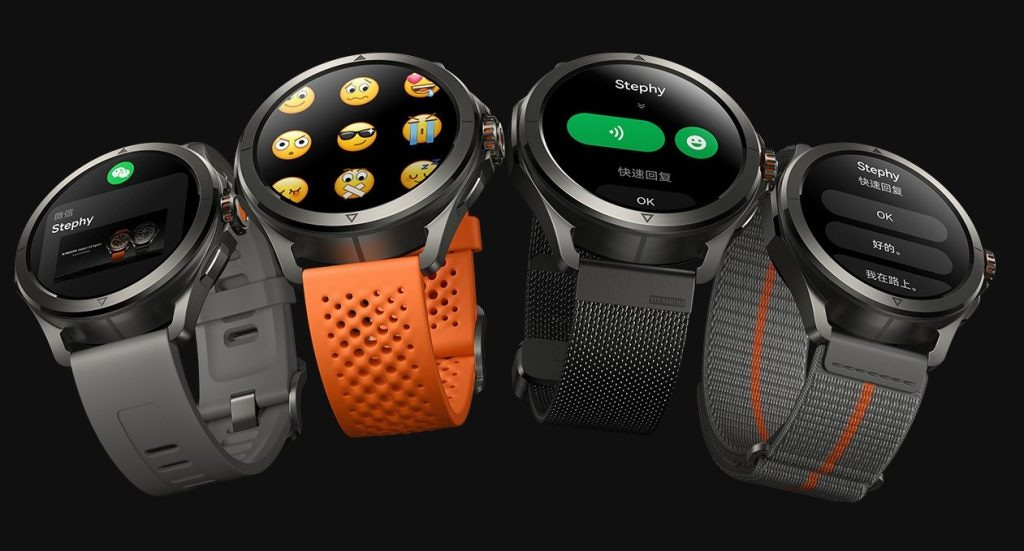
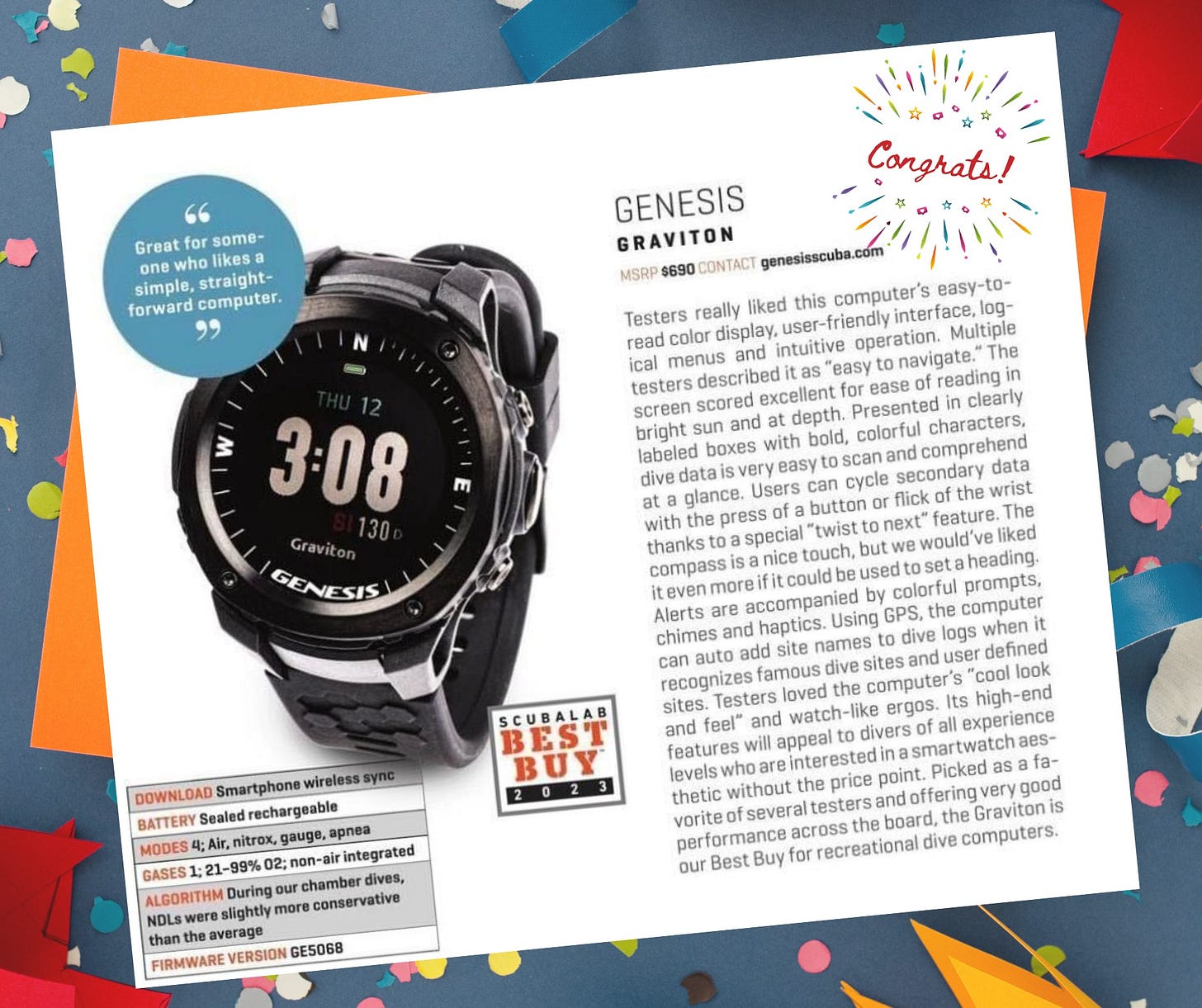
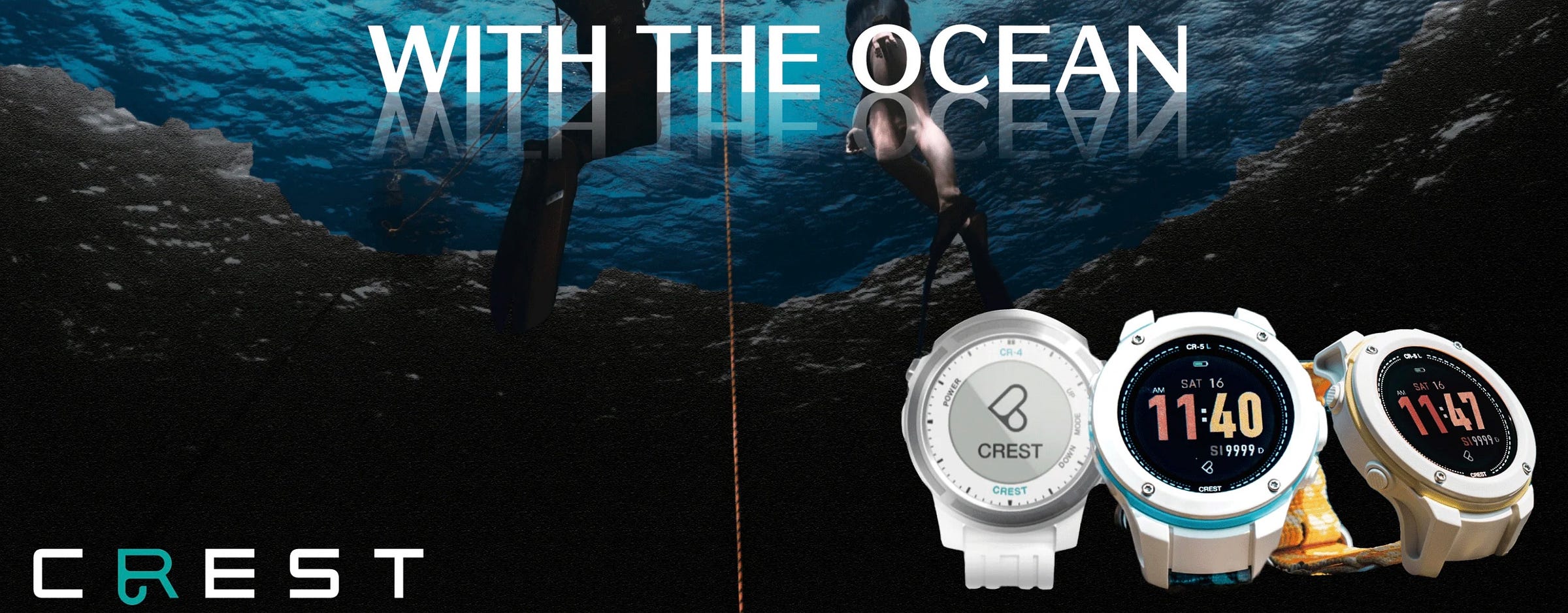
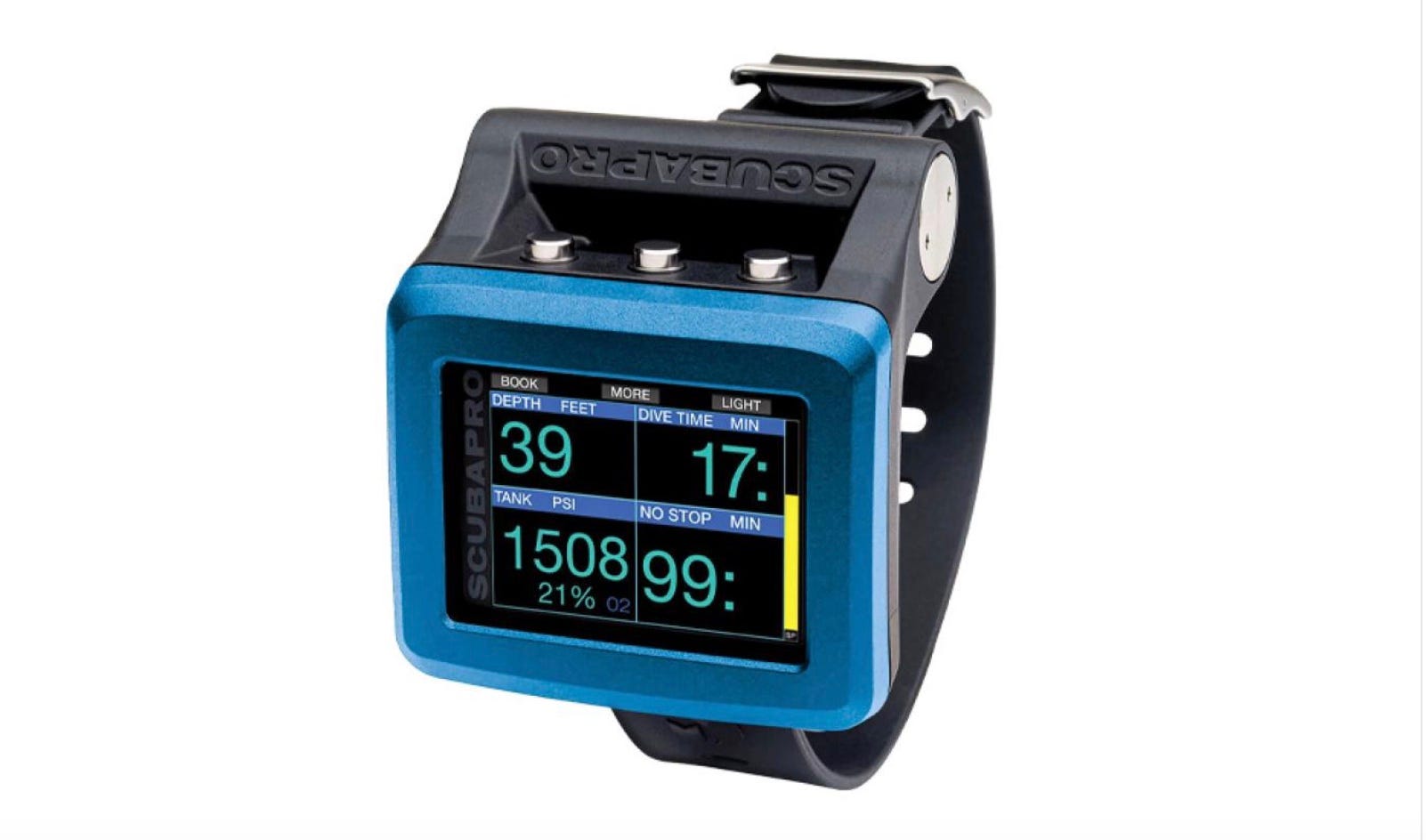
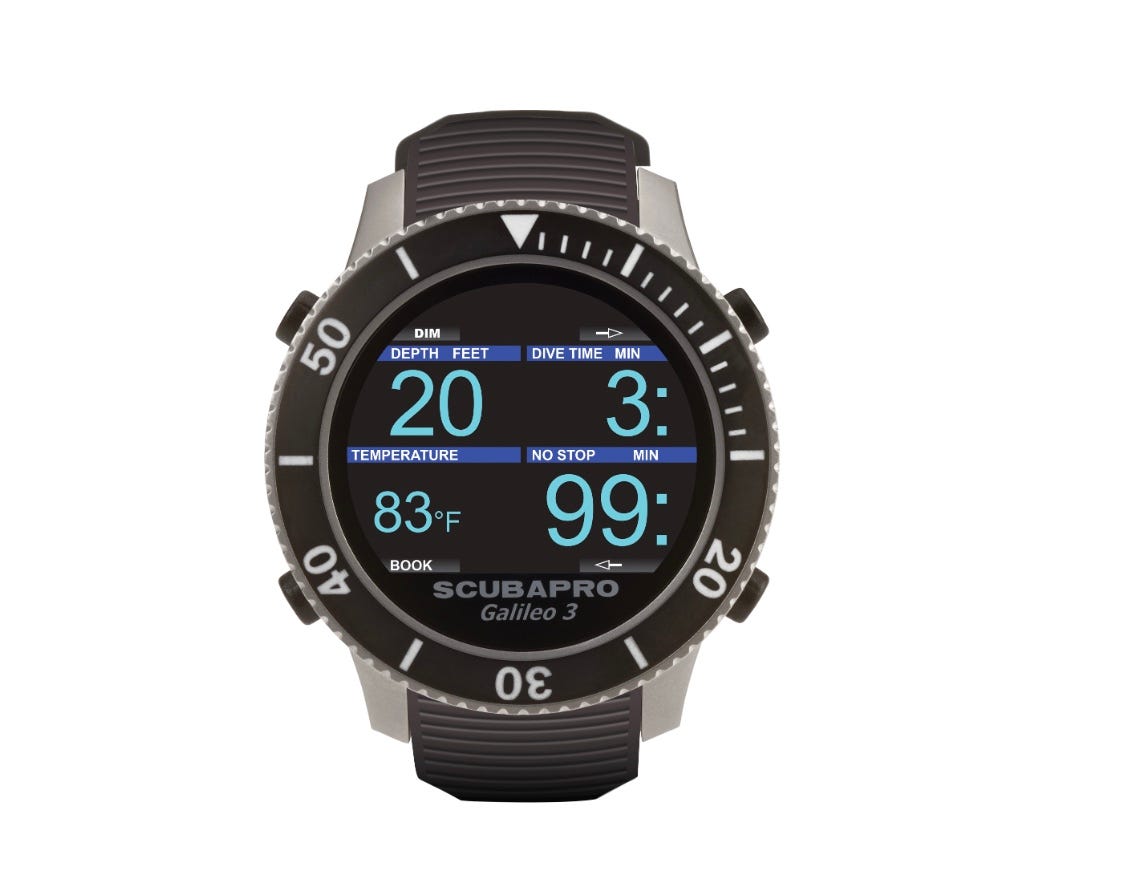

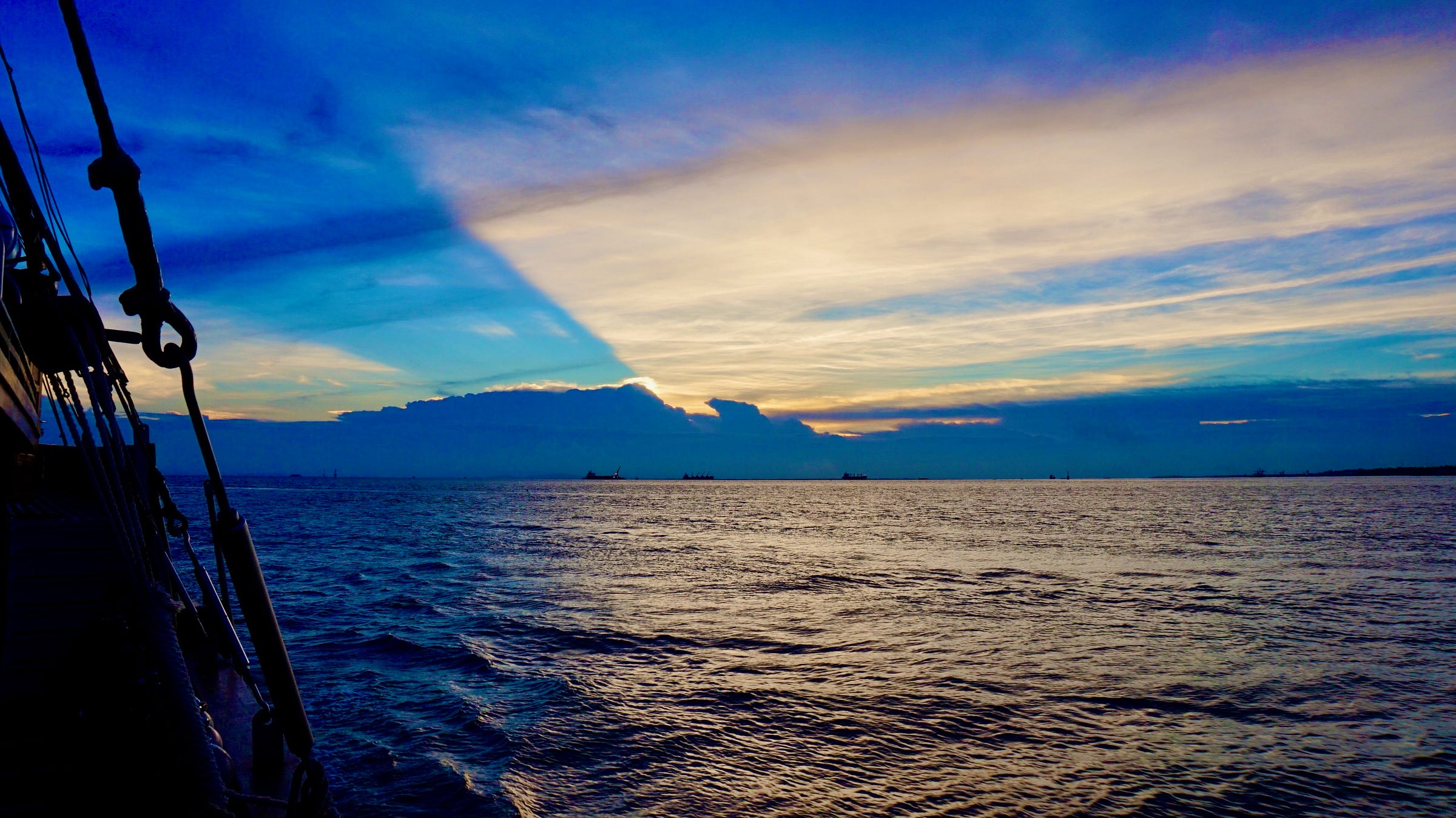
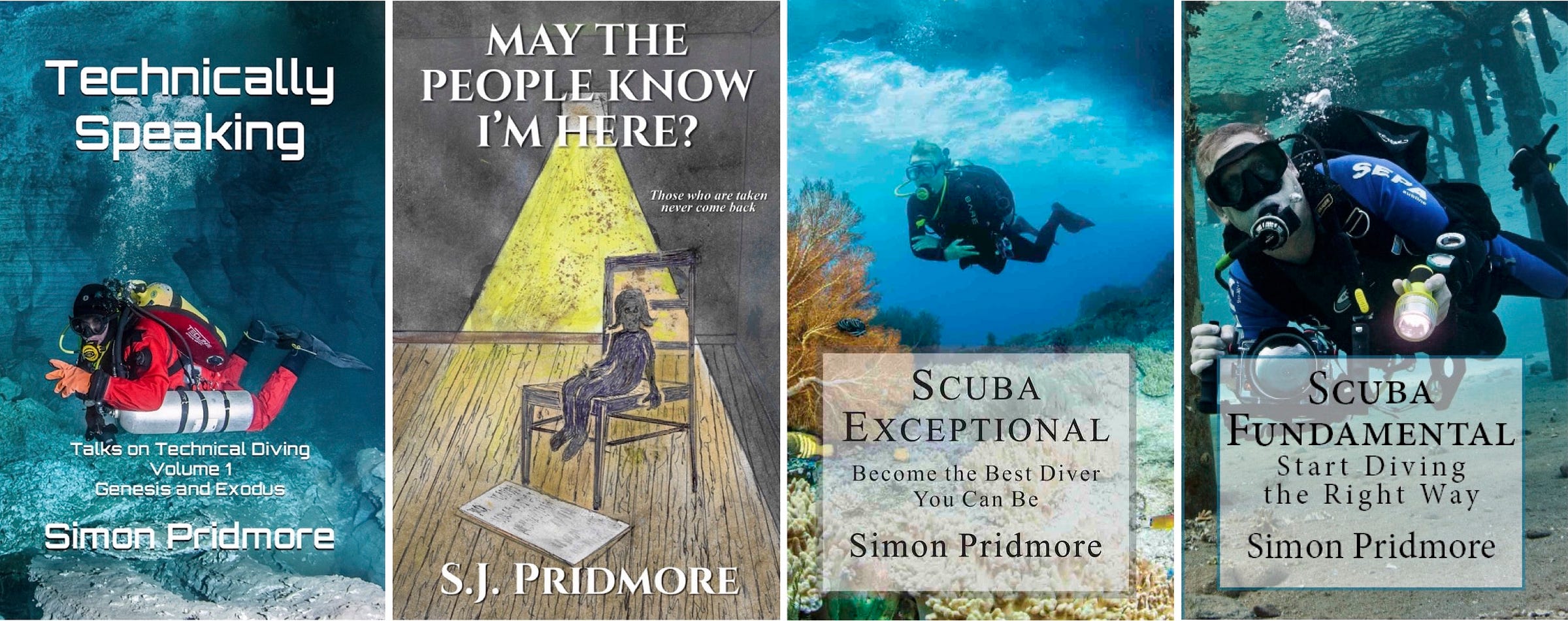
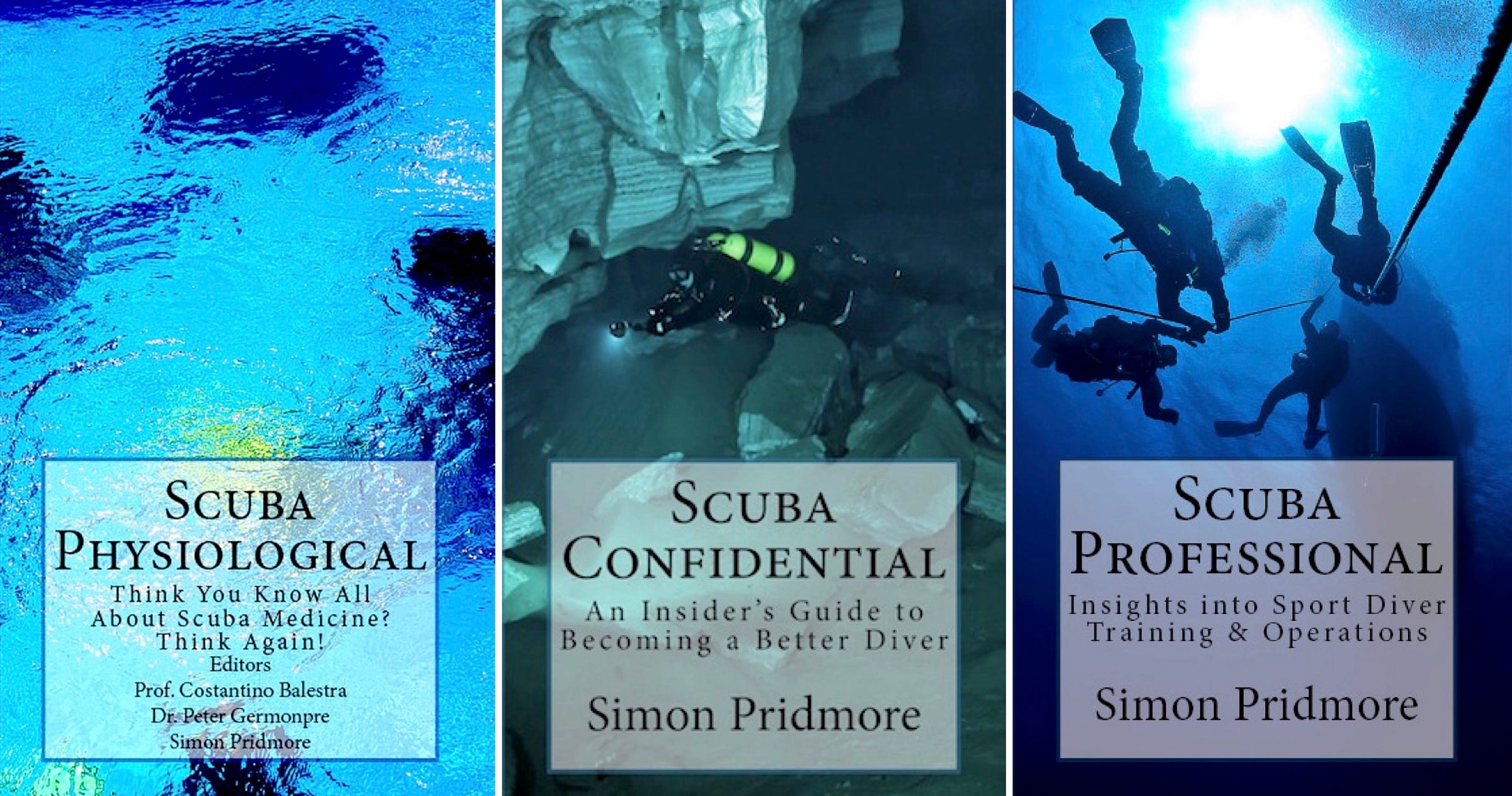
Mate, You would have been in Oman at the same time as Bruce Thompson. (Former XO of Australian Clearance Diving Team One, and then with the Sultan Of Oman's Navy.) Did you ever meet him?
But another great Issue. :-)